What Is the Best Solar Inverter in the Mexico Market?
 Jul 07,2025
Jul 07,2025

 XINDUN
XINDUN
As the second largest economy in Latin America, Mexico has been facing increasingly prominent problems in recent years, such as aging power grids, rising commercial electricity prices, and frequent large scale power outages. In particular, in the context of high temperatures and surging industrial electricity demand, power supply issues have become increasingly prominent. The daily lives of residents and the development of industry and commerce have been restricted, and the demand for solar products has begun to grow explosively. So, what is the power situation in Mexico? What kind of solar inverter is most suitable for Mexico's power needs? In the face of many challenges, how to choose the right solar inverter? Xindun will analyze the development trend of the solar market in Mexico through the following article.
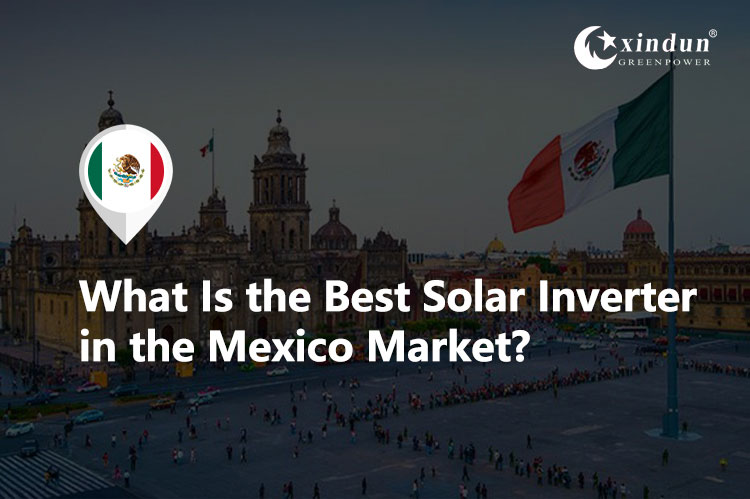
I.Mexico's power structure
Mexico's power structure is dominated by fossil fuels, reaching 74%, of which natural gas accounts for more than half, or 60%. Low carbon power generation accounts for about a quarter of the total power generation. Among low carbon energy, solar energy accounts for nearly 8%, hydropower accounts for about 6%, and wind and nuclear energy are slightly lower, accounting for about 5% and 3% respectively. Others such as biofuels account for less than 2%. Although the overall proportion of renewable energy is still lower than the global average, the growth trend is obvious, and solar energy is developing rapidly, which is gradually changing Mexico's energy structure. In order to solve the single traditional energy structure, the country has also vigorously promoted the transformation of renewable energy, planning to increase the proportion of renewable energy power generation to 45% by 2030 and 60% by 2050. To achieve the goal, in the 2025-2030 National Power System Expansion Plan, a number of large scale renewable energy projects covering solar energy, wind energy and hydropower are planned. The government is gradually promoting a number of large scale wind, hydropower and solar power generation projects. Solar energy has become the most prioritized energy form due to its wide distribution of resources, short construction period and high return on investment.
II. Is Mexico's electricity stable?
Mexico faces severe electricity challenges, with sharp contradictions between supply and demand, which seriously hinders the country's development and industrial upgrading process. By the end of 2024, Mexico's total power generation will be about 319TWh, a year on year increase of only 2.5%, far less than the annual increase in electricity demand of 3-4%. The demand for electricity in manufacturing, mining and other fields has surged. In 2024, the national peak load exceeded 51GW, far exceeding the dispatching capacity of the power system. Many places were forced to implement "load reduction", and non-core areas frequently suffered unplanned power outages, seriously disrupting production and commercial activities. Vigorously developing solar energy is the key to solving the contradiction between supply and demand.
About 74% of Mexico's electricity relies on fossil fuels, more than 60% is natural gas power generation, and most of the natural gas is imported from the United States, causing electricity costs to fluctuate with international gas prices and poor supply stability. Although renewable energy accounts for 24%, it is still far from the target of 45% in 2030, and it is difficult to effectively alleviate the pressure on power supply. In order to get rid of dependence on traditional energy, it is necessary to actively promote the transformation of energy structure, use abundant solar energy to generate electricity, achieve self sufficiency in electricity, and reduce dependence on imported natural gas.
The national power grid has long lacked systematic investment and upgrading, and the transmission and distribution infrastructure is relatively old. In areas with rapid population growth and intensive industry, the power supply capacity can no longer meet the expanding electricity demand. Most of Mexico's power grids were built in the 1970s and 1990s. The lines are aging, the coverage is insufficient, the dispatch is slow, and the power transmission system is outdated. In 2024, the annual growth rate of high voltage transmission lines is only 0.7%, which is difficult to meet the demand for distributed solar energy grid connection. In addition, the low degree of marketization, limited entry of private capital, and poor efficiency of public investment have seriously restricted the access and transmission of clean energy. The Mexican government needs to increase investment in the power grid system. By improving the power grid infrastructure and using off grid solar systems to generate electricity, it can reduce the cost of power infrastructure, improve power generation efficiency, and reduce dependence on the power grid.
Mexico is experiencing continuous regional power outages. During the heat wave in May 2024, CENACE upgraded the national power grid dispatch status to "emergency" for several consecutive days, and the country implemented power rationing five times in a week. During the peak period of summer electricity consumption, 20 of the 31 states in Mexico were affected by rotating power outages, which lasted for about 5 hours. More than 10 million users were affected, and industrial parks in many places stopped production, resulting in huge economic losses. The country's power system regulation, load bearing and redundancy capabilities are seriously insufficient. To solve the problem of frequent power outages, the solar inverter system can quickly switch to independent solar power supply during a power outage, reducing the losses to the company. It has become the first choice for Mexican companies and residents seeking power security, and the market potential is huge.
III. Is electricity expensive in Mexico?
In Mexico, there are obvious differences in electricity prices for different types of users. Residential electricity is subject to a tiered electricity price. As of the end of 2024, the average electricity price is about 1.99 ₱/kWh ($0.105/kWh). As electricity consumption exceeds the basic level, the electricity price will increase step by step. In some areas, the highest tier of residential tiered electricity prices has increased by about 15% in 2024 compared with the beginning of the year.
The price of industrial and commercial electricity is higher than that of residential electricity. By the end of 2024, it will further increase to 3.95 ₱/kWh ($0.208 /kWh). For high energy consuming manufacturing and mining companies, electricity costs account for 30%-40% of the total cost. For example, in Monterrey, Mexico, where Chinese funded manufacturing factories are concentrated, the average price of industrial electricity is about ¥1.2/kWh, which is nearly twice as expensive as in China.
The Mexican National Science and Technology Commission pointed out that the cost of solar power systems is about ¢2/kWh. For example, in the northern desert region of Mexico, the electricity cost of a new large scale solar power station in 2024 will be about $0.05, which is much lower than the local natural gas power generation cost of $0.07-0.08 in the same period. With the advancement of solar technology and large scale application, the cost of solar power generation is expected to be further reduced in the future. The low electricity price can effectively alleviate the pressure of electricity costs in Mexico.
IV. Prospects for the development of solar energy in Mexico
The installed capacity of solar power generation in Mexico has grown significantly in recent years, and the proportion of solar power generation has become an important part of the country's renewable energy. With the growth of distributed generation and energy storage solutions, Mexico's installed solar capacity may exceed 10 GW by 2025. The demand for solar inverters in the Mexican market has grown, and Mexico continues to attract investment in solar projects, consolidating its position as one of the most promising renewable energy markets in Latin America.
Mexico is rich in solar energy resources, with sufficient sunshine time throughout the year, an average of more than 3,000 hours of sunshine, and high light intensity, which is suitable for the development of solar power generation. According to the National Electric System Development Plan (PRODESEN 2024–2038) jointly issued by the Mexican National Energy Control Center (CENACE) and the Ministry of Energy (SENER), the Mexican government has listed solar energy as the core of the future renewable energy layout, and plans to increase the proportion of solar energy in the national power structure to 18% by 2030, far higher than the current level of about 8%.
With the strong support of national policies, the goal of renewable energy power generation accounting for 45% in 2030 and 60% in 2050 has been set. By developing new power generation projects in the fields of wind power, solar energy, combined cycle, battery energy storage system and cogeneration, the plan invests $22.377 billion, with the goal of deploying 4.67GW large scale solar power stations by 2030, and improving the clean energy consumption capacity through grid upgrades. Among them, $1.5 billion of special subsidies will be used first for off grid solar projects in remote areas, aiming to solve the electricity problem for more than 500,000 households that have not yet been connected to electricity in the next four years, achieve 99% electricity coverage, 97% free Internet coverage, and promote the share of clean energy in Mexico's national energy matrix to reach 38% of total power generation. The government has introduced a series of preferential policies: tax exemptions for solar projects, and companies investing in solar power stations can enjoy up to 10 years of corporate income tax exemption policies; set up a special subsidy fund to provide financial support for solar projects and reduce the initial construction costs of projects. Simplify the approval process for solar projects, shorten the originally cumbersome and lengthy approval cycle from months to weeks, and greatly improve the efficiency of project implementation. CFE (Federal Electricity Commission) continues to implement the "Net Metering Policy", allowing users to connect their surplus electricity to the grid to offset electricity bills, greatly improving the user's return on investment. The government also actively promotes demonstration projects combining solar energy and energy storage to promote the sustainable development of the solar energy industry.
Mexico's tight domestic electricity supply and high electricity prices provide broad development space for China to enter the Mexico solar energy market. In order to reduce electricity costs, residents have installed distributed solar power systems. According to statistics, Mexico's household solar power installed capacity increased by 50% year on year in 2024. In the industrial and commercial fields, companies have also invested heavily in the construction of solar power stations to get rid of the high electricity price dilemma and achieve green development goals. For example, in industrial parks in industrial cities such as Monterrey, more than 30% of companies have installed solar power generation facilities. At the same time, the international market's demand for renewable energy continues to grow, and Mexico's solar energy industry is expected to further expand its development space by exporting electricity or solar equipment.
V. Types of solar inverters in Mexico
The solar industry in Mexico is developing continuously. As the core part of the solar system, the inverter can convert the DC power generated by solar energy into AC power used by the load. Off grid,on grid and hybrid are common inverter types. In which scenarios in Mexico can they play a key role?
Off grid inverter
Off grid inverters can achieve completely independent operation by converting solar DC power into AC power and cooperating with battery energy storage to meet the basic power supply needs of residents' daily life or small commercial places. In recent years, it has been widely used in the rural electrification projects of the Mexican government. In some mountainous areas, rural areas and border towns in Mexico, due to geographical restrictions, it is not only difficult to access the national grid, but also the construction cost is extremely high. Off grid solar power systems are equipped with high performance off grid inverters to solve the problem of electricity use. In some island areas, off grid inverter systems are gradually becoming popular, using local abundant solar energy resources to achieve self sufficiency in electricity and reduce dependence on diesel power generation, which not only reduces power generation costs but also reduces environmental pollution.
On grid inverter
On grid inverter mainly converts the direct current produced by the solar power system into alternating current with the same frequency and phase as the national power grid, realizes stable connection with the power grid, and reduces the user's electricity bill through the "net electricity settlement" policy. For large scale solar power stations, the performance of the on grid inverter directly affects the power efficiency and economic benefits. The demand for reducing electricity costs for industrial and commercial enterprises and residents in Mexico is growing, and more and more entities are installing distributed solar power system. On grid inverters support the "self generation and self use, surplus power to the grid" mode. After users use solar power for their own use, they can sell the remaining power to the grid for profit. According to statistics, the number of distributed solar on grid projects in Mexico increased by 40% year on year in 2024, driving the market demand for inverters.
Hybrid inverter
Hybrid inverter integrates the functions of off grid and on grid inverters. During the day, solar power can be used for power supply and excess power can be stored in lithium batteries. At night or when there is a power outage, it can automatically switch to battery power supply to achieve 24-hour "uninterrupted power supply". Frequent power outages often occur during the heat wave in Mexico, affecting more than 10 million users. Enterprise production interruptions, cold chain logistics failures, and data center downtime all require a stable power supply. Hybrid inverters or off grid inverters can quickly switch to solar or battery power supply in the event of a grid failure. At the same time, in some industrial parks and commercial centers in Mexico, due to the low reliability of grid power supply, frequent power outages seriously interfere with enterprise production and commercial operations, and hybrid inverter systems have become an important means to ensure power supply.
VI. Recommended solar inverters in Mexico
Due to poor power infrastructure, unstable power grid, and climate impact, Mexico has vigorously developed solar power to solve power supply problems and continuously expand solar installed capacity. The solar market has also been further expanded. As one of the suppliers of solar products exported from China, Xindun's off grid solar inverters have attracted much attention from the government, enterprises and residents in Mexico. Below, we will recommend 6 of Xindun's most popular solar inverters in Mexico:
LU Series Low Frequency Solar Inverter
Xindun LU series inverters have a power range of 3KW-12KW and provide DC 48V to AC 110V/120V/220V/240V
Xindun's LU series inverter is an off grid solar inverter designed with low frequency. It supports split phase/single phase input settings, split phase output and input, and is compatible with the common 120V 60Hz, 120V/240V 60Hz power system in Mexico, which can be more flexibly connected to local households and industrial equipment. The optional built in MPPT solar controller, combined with the high efficiency toroidal transformer design, provides a stable pure sine wave output with higher inverter efficiency. The inverter also supports diesel or gasoline generator access, which is suitable for some scenes in Mexico where the grid coverage is insufficient, the voltage is unstable, or emergency power generation is common. It supports communication with lithium battery BMS to improve system stability and battery safety. The wall mounted design saves space and is easy to install. It is an economical, practical and adaptable off grid inverter solution for residential and commercial solar system deployment in Mexico.
LS Series Low Frequency Solar Inverter
Xindun LS series inverters have a power range of 1KW-6KW, providing DC 12V/24V/48V to AC 110V/120V/220V/230V/240V
Xindun LS inverter is a split phase solar inverter designed with industrial frequency. It can output 110V & 220VAC or 120V & 240V voltage, which can meet the requirements of areas in Mexico that support dual voltage output standards. It outputs pure sine waves to ensure long term stable operation of household appliances and industrial equipment, and is very suitable for residential, agricultural and small industrial and commercial scenarios. It supports optional built in MPPT solar controller to improve solar power efficiency, and has three optional operating modes to adapt to the power needs and system configurations of different users. The equipment mains charging current is adjustable from 0 to 30A, which can flexibly match batteries of different capacities. At the same time, a new fault code query function is added, allowing users to grasp the equipment operation status at any time and improve system maintenance efficiency. It supports the access of diesel or gasoline generators, which can continue to supply power in the absence of power grid or extreme weather.
WF Series Low Frequency Solar Inverter
Xindun WF series inverters have a power range of 700W-40KW, providing DC 12V/24V/48V/96V/192V/240V/384V to AC 110V/120V/220V/230V/240V
The Xindun WF series is a low frequency solar inverter with stable pure sine wave output, suitable for providing long term and reliable power support for inductive loads such as refrigerators, air conditioners, and water pumps commonly found in Mexico. The inverter supports 0~20A mains charging current adjustment, and users can flexibly configure it according to the battery capacity to improve the overall system adaptability. The setting function of mains priority and inverter priority mode helps users flexibly switch operating strategies according to the actual situation such as the local peak valley electricity price difference, whether the power supply is stable, and the power generation capacity of their own solar system, effectively reducing electricity bills and improving energy efficiency. Considering that remote areas and rural areas in Mexico still widely rely on small diesel power generation, Xindun's inverter is compatible with diesel (gasoline) generators to adapt to harsh power environments.
ESS-Li Series All In One Solar Generator
Xindun ESS-Li all in one solar generator has a power range of 300W-7000W, providing DC 12.8V/25.6V/51.2V to AC 110V/120V/220V/230V/240V
Xindun ESS-Li is an all in one solar generator that integrates solar controller, inverter and lithium battery. The product is easy to install and plug and play, providing USB 5V, DC 12V and AC multiple output ports to meet users' diverse power needs. It supports three charging methods: solar energy, city electricity and diesel generator, which improves the adaptability of the system in a variable power environment and is suitable for Mexico's frequent power grid restrictions and voltage fluctuations. It supports WiFi or APP remote monitoring, so users can keep track of the device's operating status and battery power at any time. Combined with the built in BMS protection mechanism, it can achieve all round safety protection such as overvoltage, overtemperature and overload.
HFP Series On&Off Grid Hybrid Solar Inverter
Xindun HFP series hybrid inverter has a power range of 1.3KW-12.3KW, providing DC 12V/24V/48V to AC 220V/230V/240V
Xindun's HFP series hybrid inverter is an on grid and off grid hybrid solar inverter with high frequency design. It is easy to install on industrial and commercial roofs and household solar system and can reduce power generation costs; bidirectional energy storage design supports solar energy and city electricity to charge the battery in both directions. When the Mexican Industrial Park and other enterprises are out of power, they can also rely on reserved electricity to maintain production. Bidirectional current control can be achieved. Both solar energy and city electricity can charge the battery, and it has a built in MPPT solar controller. The maximum solar input voltage can reach 500V, which improves power generation efficiency. It has a lithium battery BMS communication function, which can monitor the battery status in real time, supports on grid , and also has RS485 communication interface and mobile phone APP (GPRS/WiFi) functions to achieve remote intelligent management. It also supports working without batteries, and can also earn extra income by feeding power to the grid.
HFP-C Series On&Off Grid Hybrid Solar Inverter
Xindun HFP-C series hybrid inverter has a power range of 3.3KW-12.3KW, providing DC 24V/48V to AC 220V/230V/240V
Xindun HFP-C inverter is a hybrid solar inverter that supports on grid and off grid operation, outputs high frequency pure sine waves, and has an inverter conversion efficiency of up to 94%. It can efficiently utilize solar energy resources and reduce energy waste. It adopts an RGB ring light strip design with 8 colors that can be freely set. It has dual load dual output function. The main output and the second output can work simultaneously or independently, providing users with flexible and diverse power options. In Mexican households, the main output can drive high power appliances such as air conditioners and refrigerators, while the second output powers low power devices such as lighting and routers. When the main output is interrupted due to a grid failure, the second output can still ensure the continuous operation of key household equipment, meeting residents' urgent needs for stable electricity. Its intelligent load management function further enhances the flexibility and reliability of the system, providing stable and efficient power guarantee for Mexican households and small commercial places.
VII. Why choose Xindun's solar inverter?
Chinese solar companies dominate the Mexican market, providing Mexico with solar modules, inverters and overall solutions. As a solar inverter manufacturer with more than 20 years of production experience, Xindun is headquartered in Foshan, China, with a modern factory of more than 10,000 square meters and an elite R&D team of more than 30 people. It produces high quality off grid inverters, high frequency/low frequency inverters, hybrid inverters, solar controllers, batteries, etc., with a power range from 300W to 160KW, suitable for a variety of application scenarios such as household electricity, commercial places, factories, remote areas, etc., adapted to Mexico's current high electricity prices, unstable power and abundant solar energy resources. Market demand. All products have passed the ISO9001 quality management system and obtained a number of international certifications such as CE, IEC, TUV, CCC, etc., with complete export qualifications, providing safety protection for customers who purchase solar system products from China.
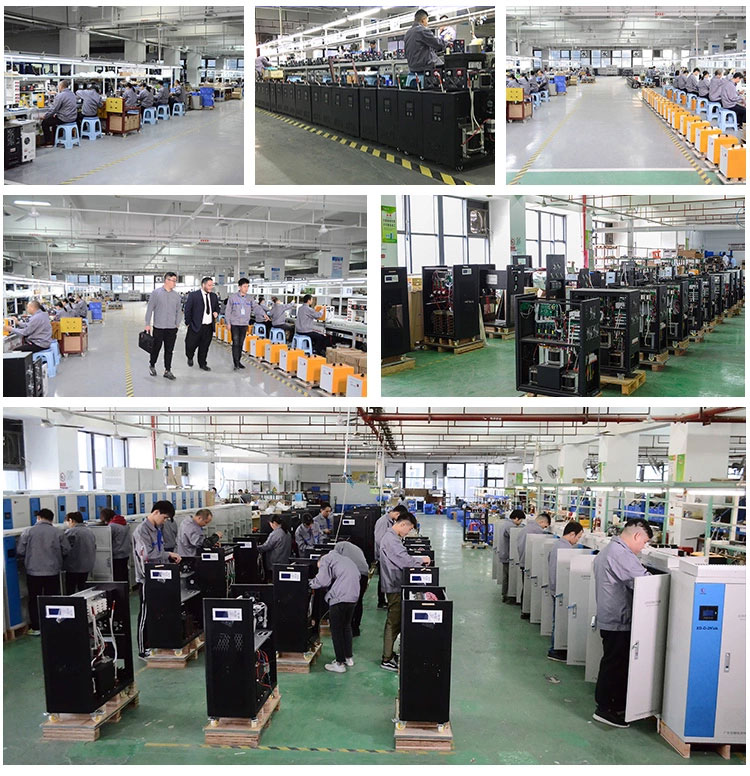
Xindun products have been exported to more than 100 countries around the world, and service centers and overseas warehouses have been established in markets such as Latin America, the Middle East, Africa and Southeast Asia, which can respond to local customer needs and after sales support more quickly. According to the needs of the Mexican solar market, we can also assist local distributors and engineering companies in brand publicity and promotion. At the same time, we provide comprehensive OEM/ODM services to meet the power needs of Mexico's special environment, and truly achieve one stop support from products to services.
Xindun actively participates in various large scale solar exhibitions around the world every year, bringing the most popular solar inverters and advanced technologies to the exhibition, providing solar solutions, and attracting industry experts, system integrators, wholesalers and distributors from all over the world to visit, communicate and cooperate. Together, we will discuss the future development trends of the solar market, further understand the changes in demand in different countries, and promote the internationalization of Chinese solar products. The following is a picture of our cooperation with customers on the spot at the Mexican Solar Exhibition.
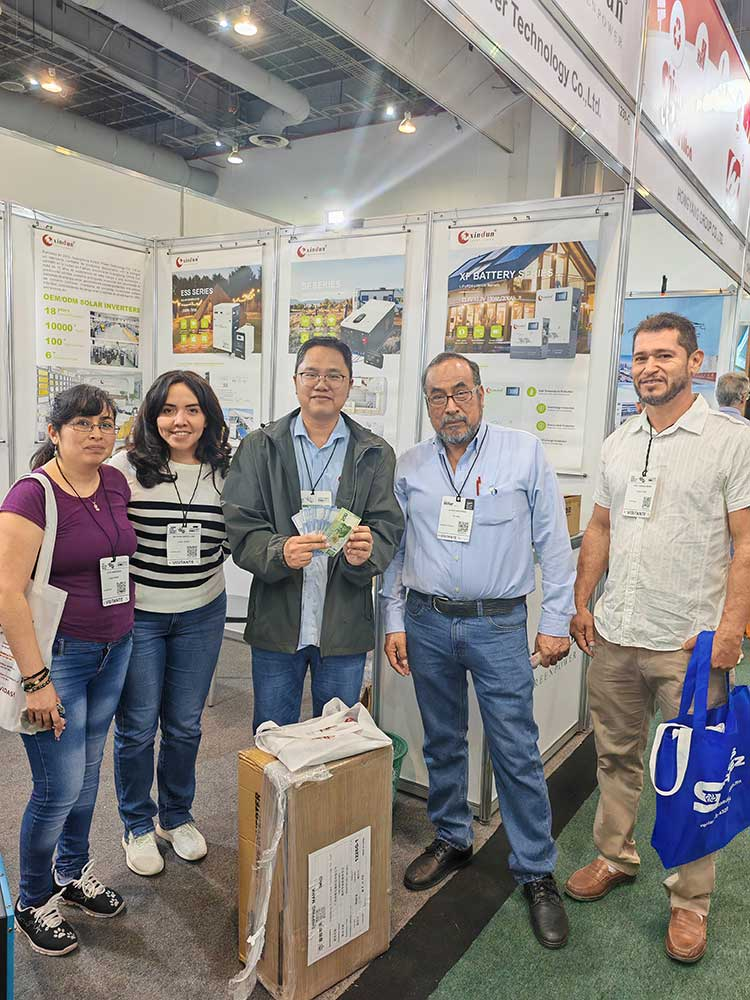
The above is the content about the recommendation of solar inverters in Mexico, which details the future development trend of the Mexican solar market. We hope this article will help Mexican customers in choosing solar inverters. Whether you are an engineer looking for a stable inverter solution or a distributor wholesaler preparing to expand your solar business, Xindun is willing to be your trusted partner. If you have any business needs or product consultations, you can leave your information and needs in the customer service window at the bottom of the website (https://www.xinduninverter.com/), and Xindun will contact you as soon as possible during working hours.

 Solar Inverter
Solar Inverter
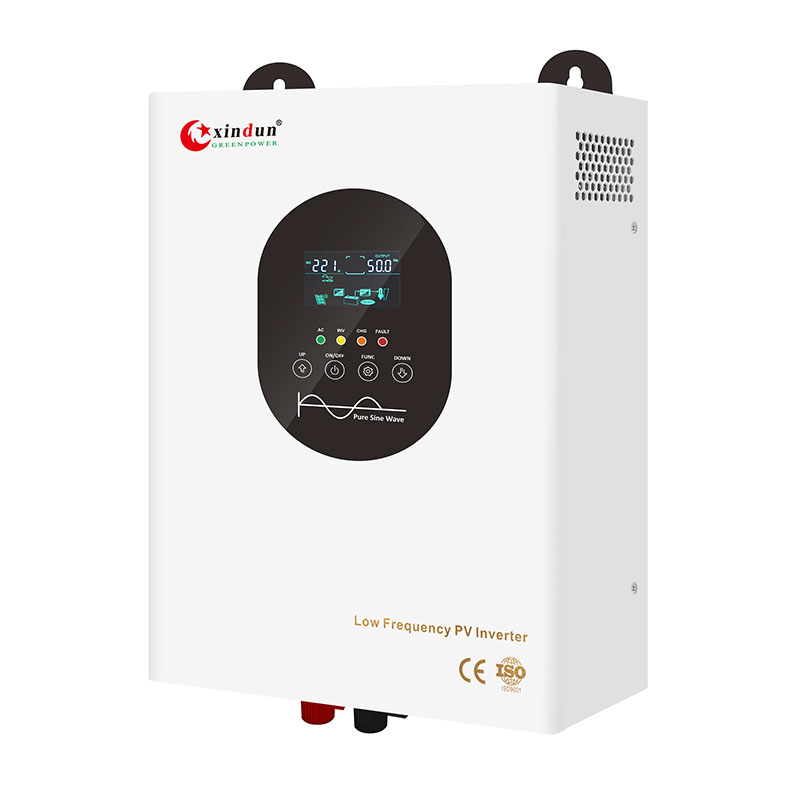
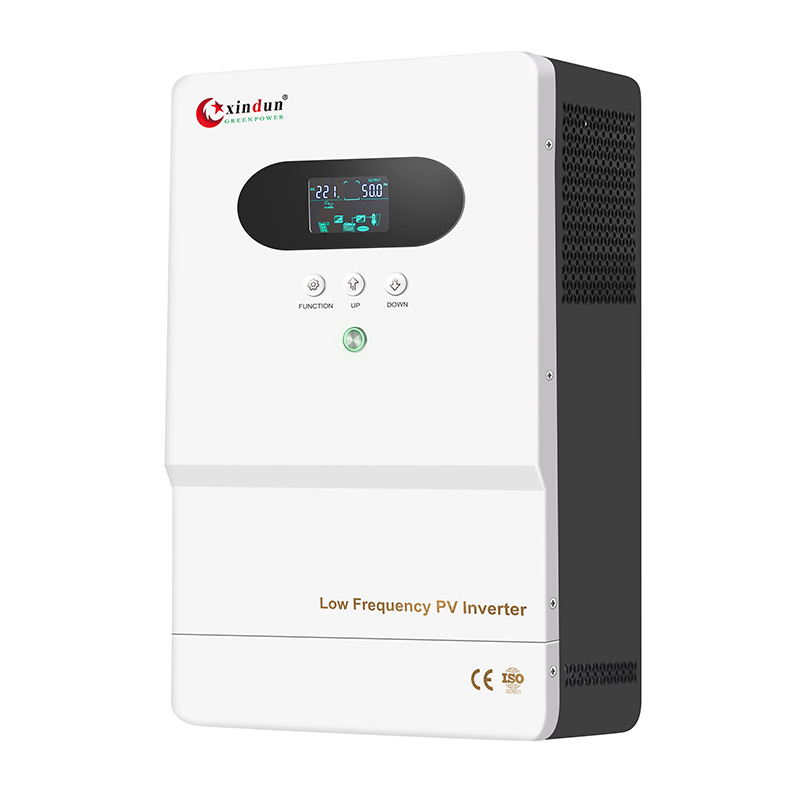
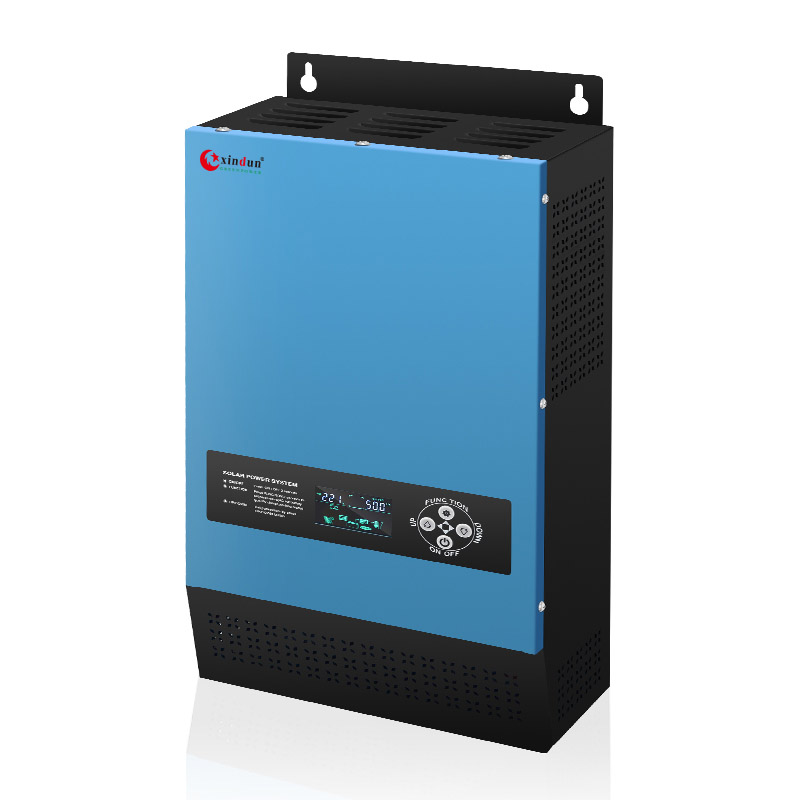
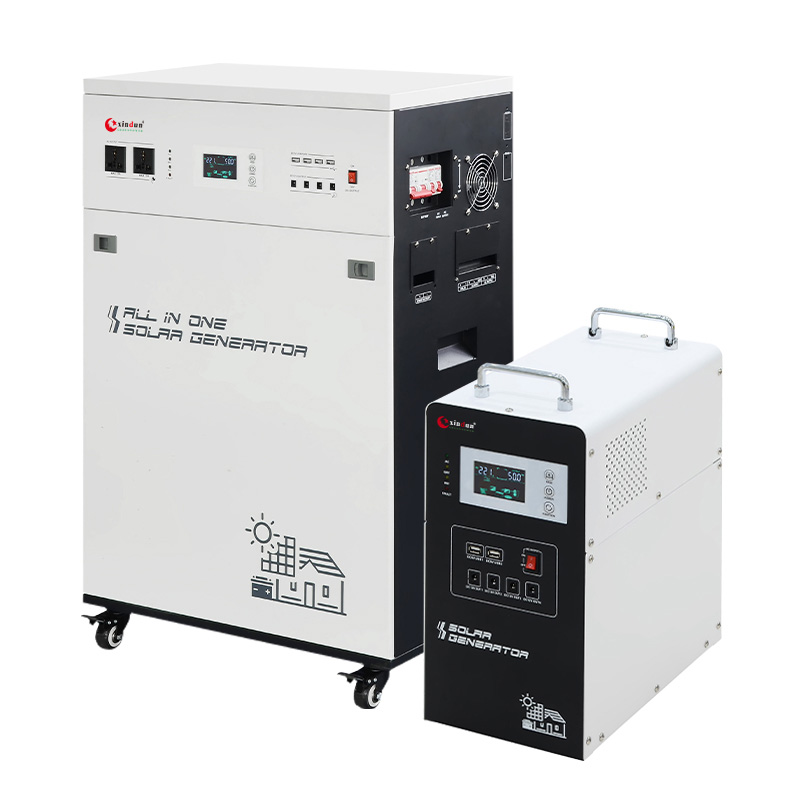
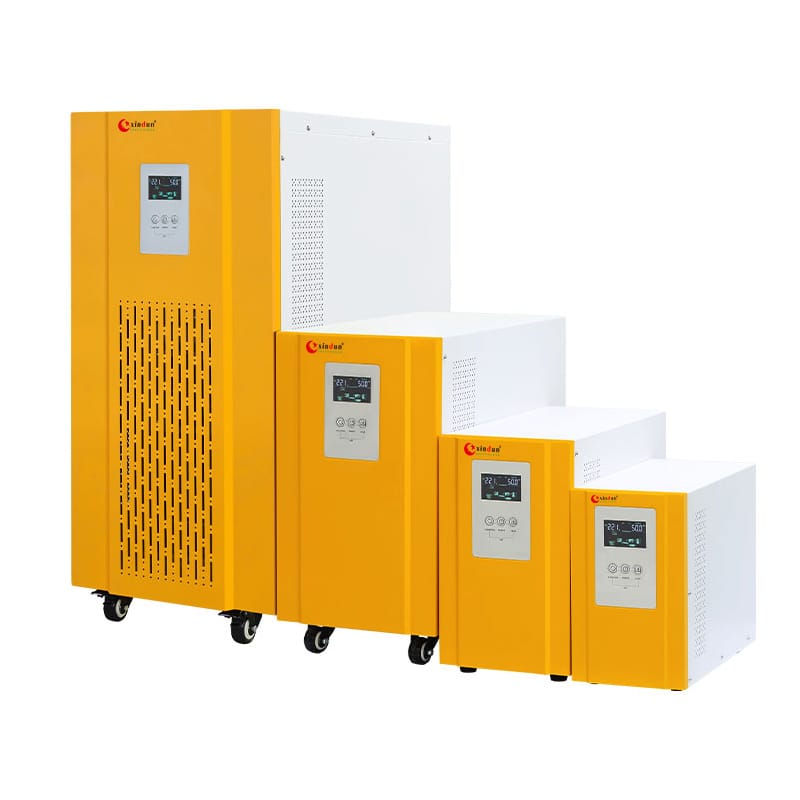
 Hybrid Inverter
Hybrid Inverter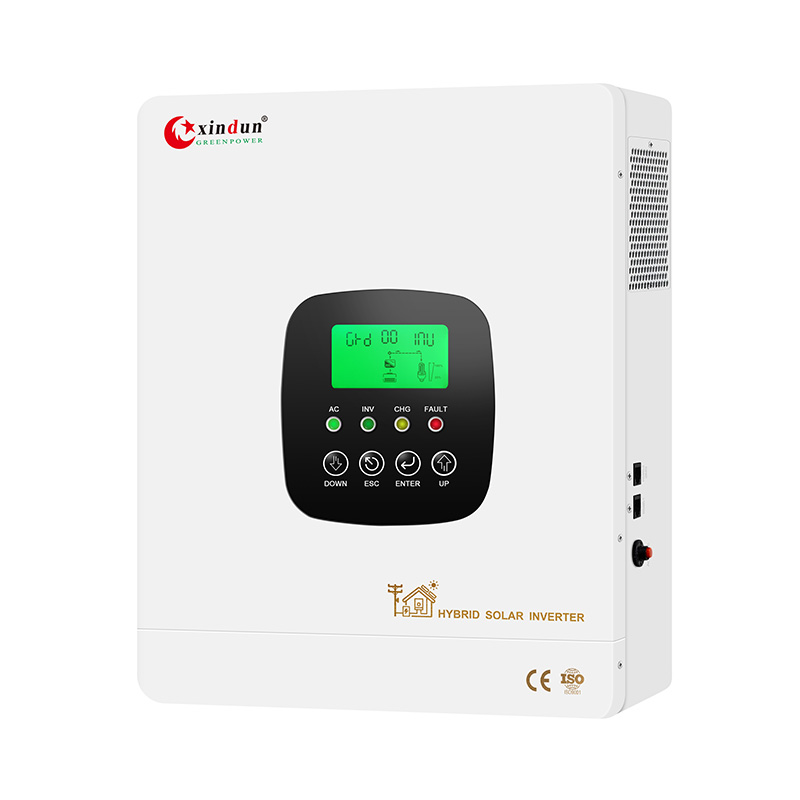
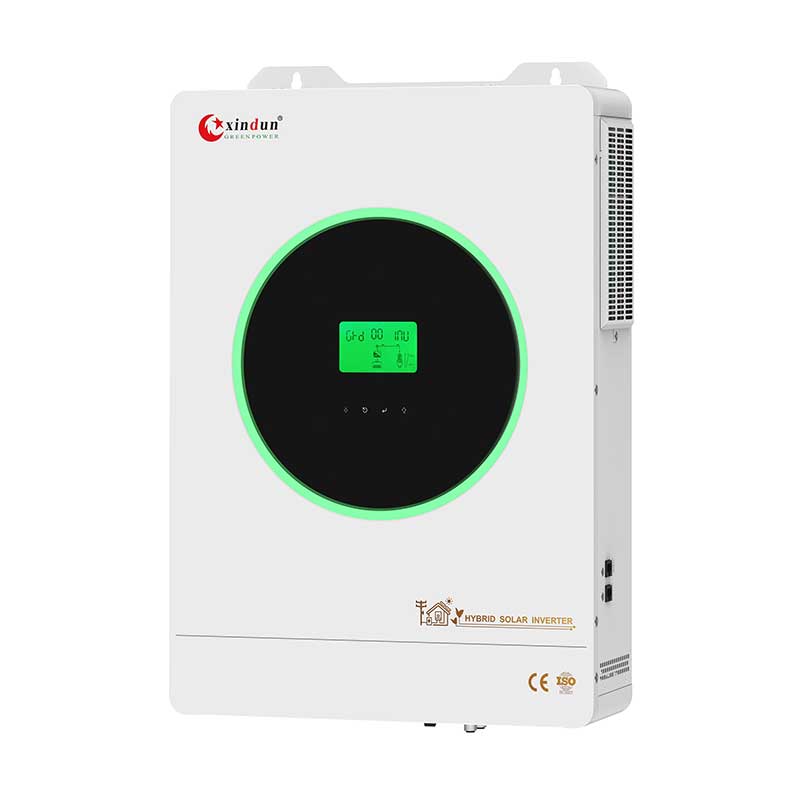
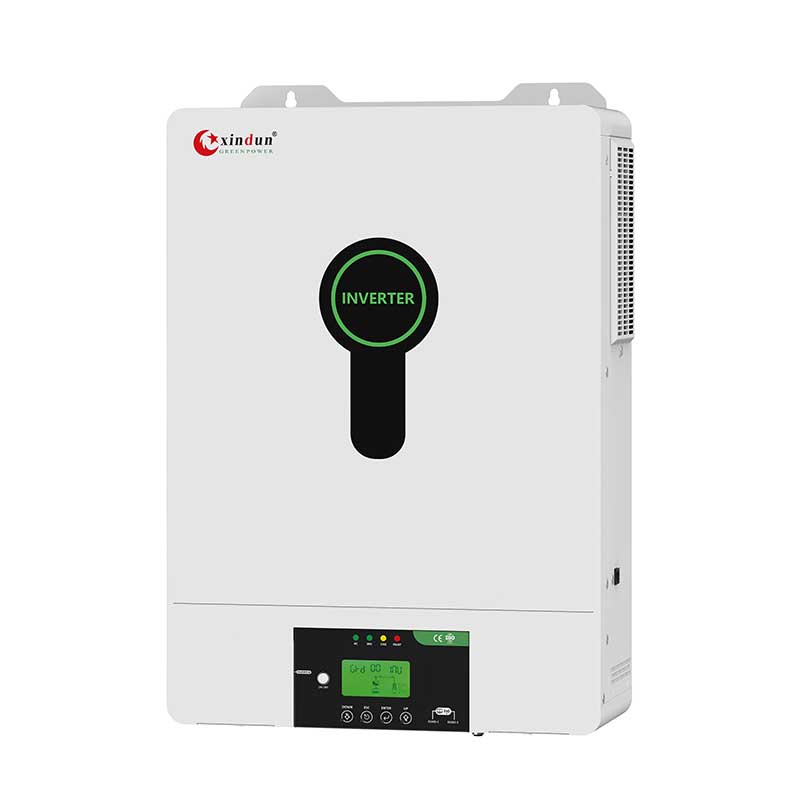
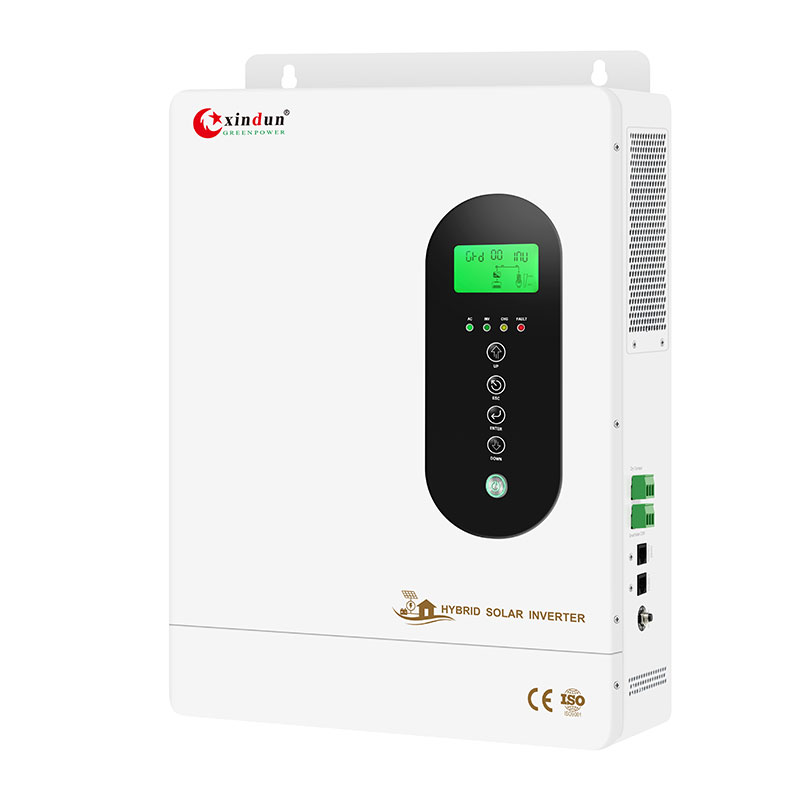
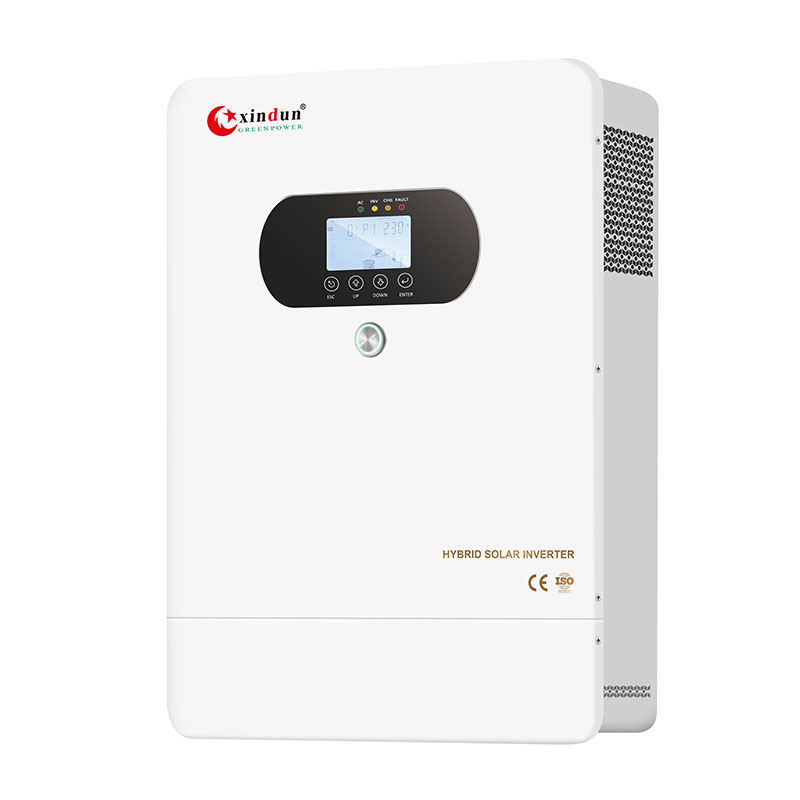
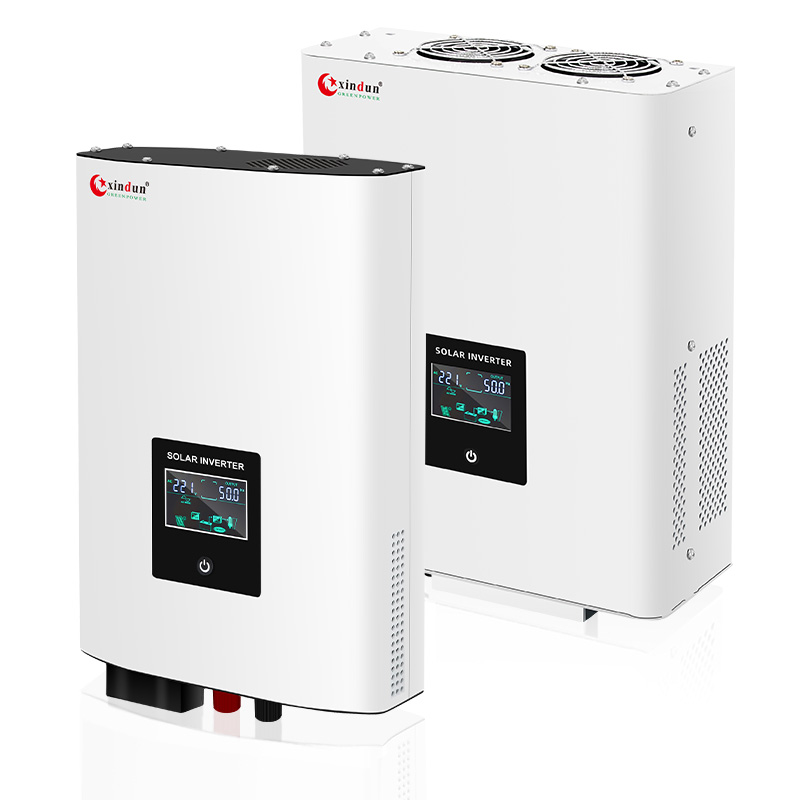
 Power Inverter
Power Inverter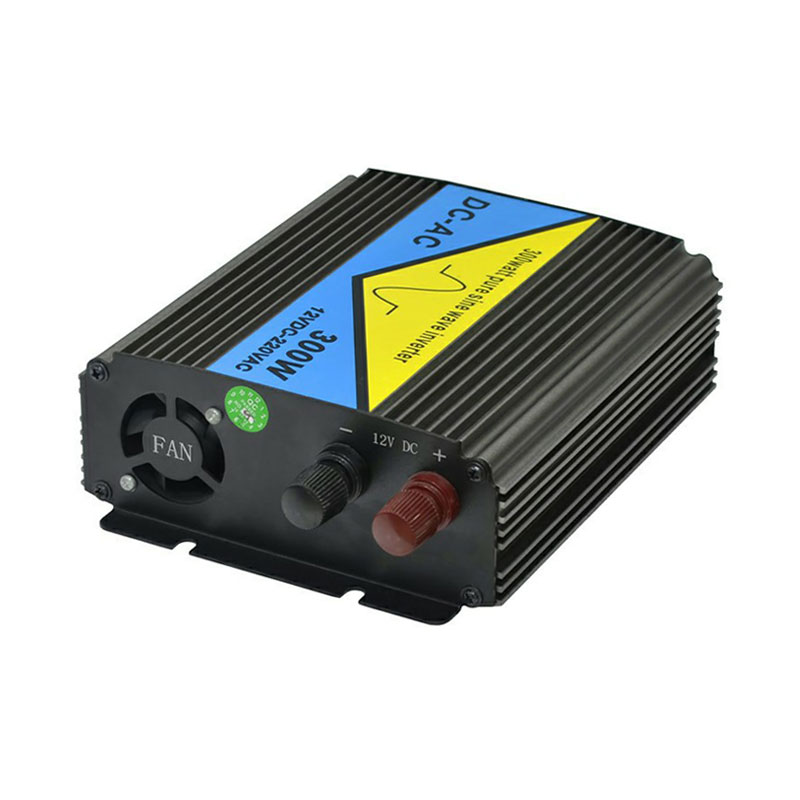
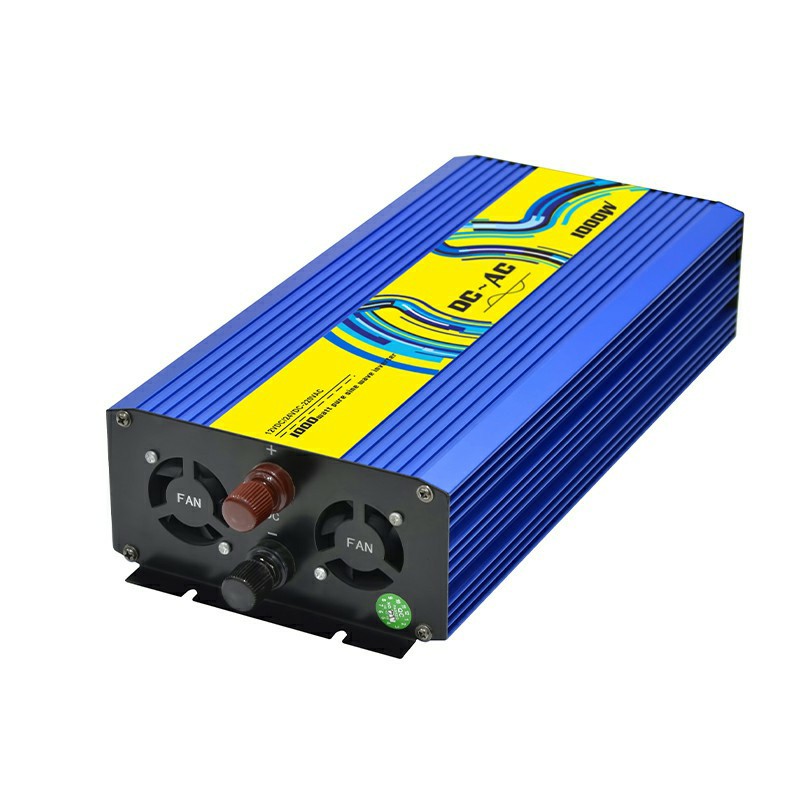
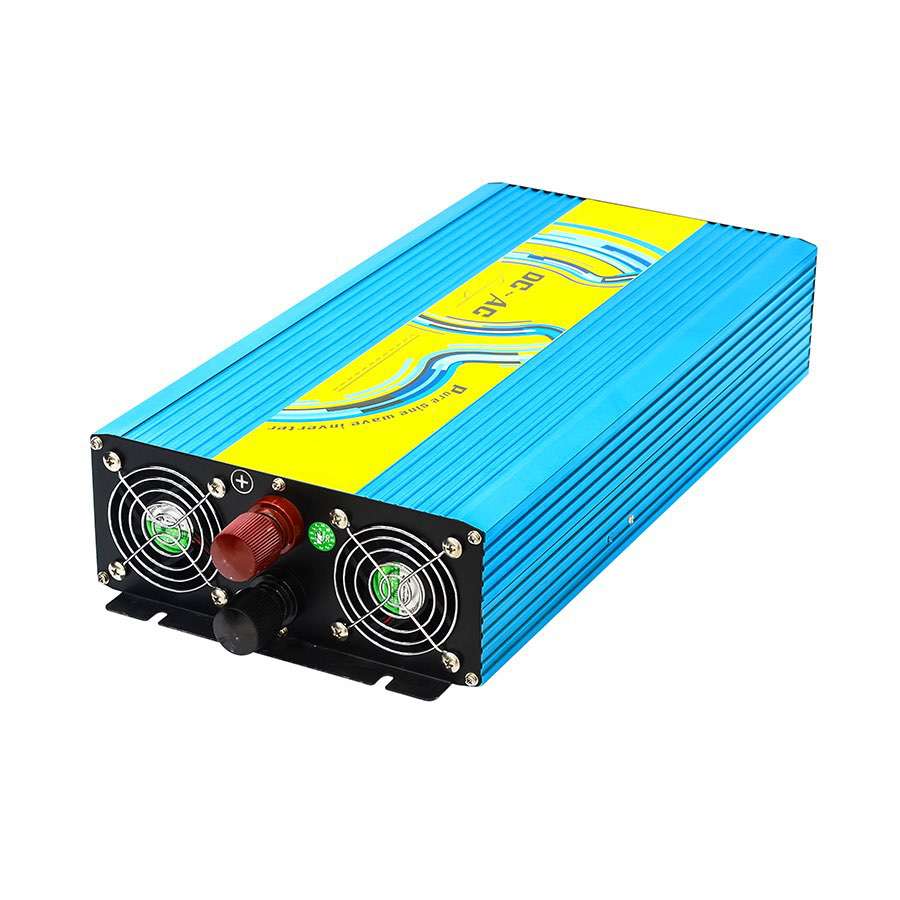
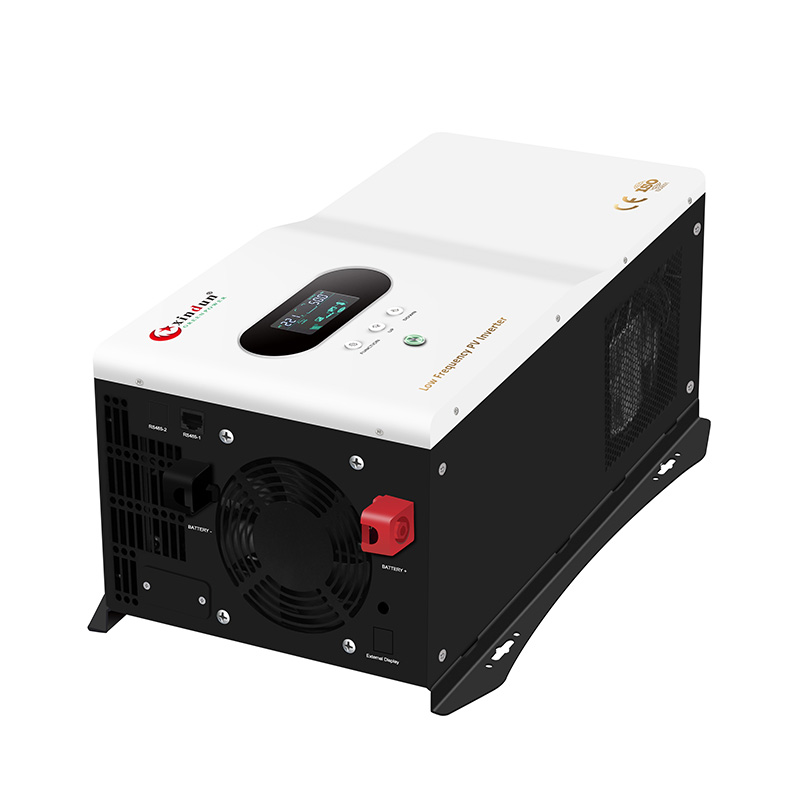
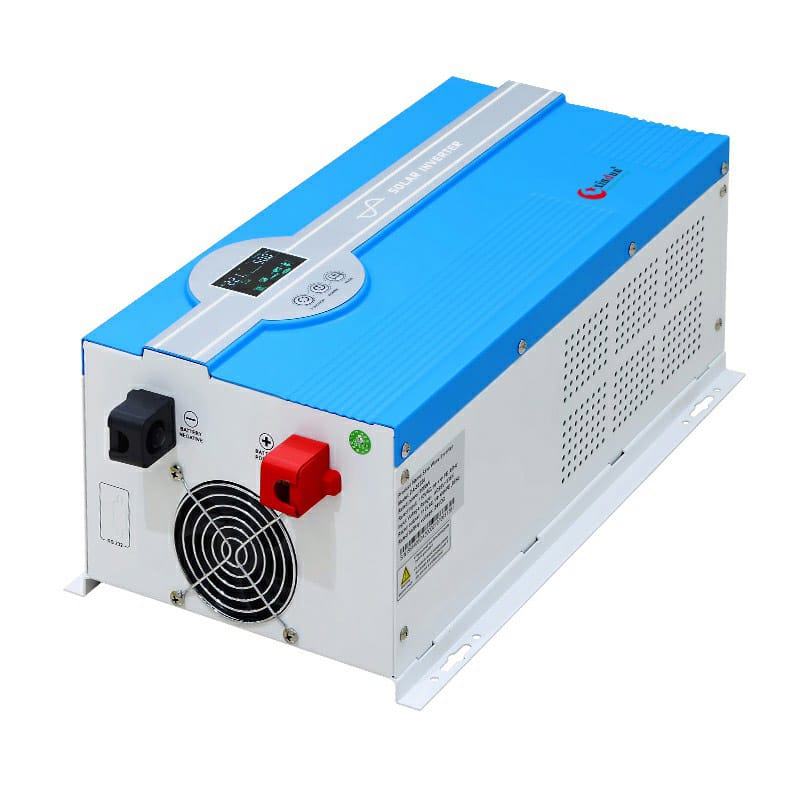
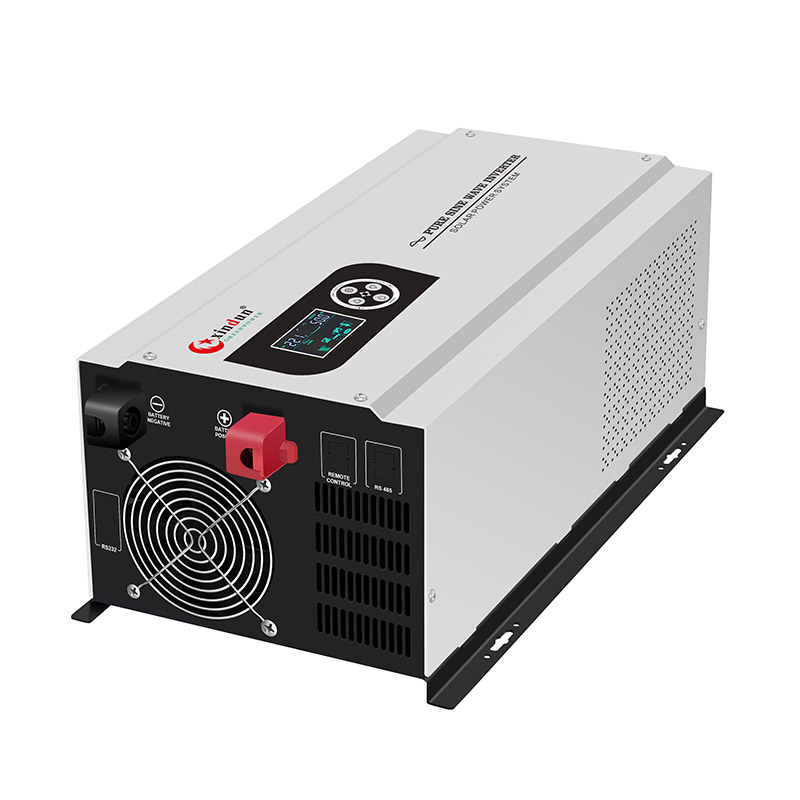
 Split Phase Inverter
Split Phase Inverter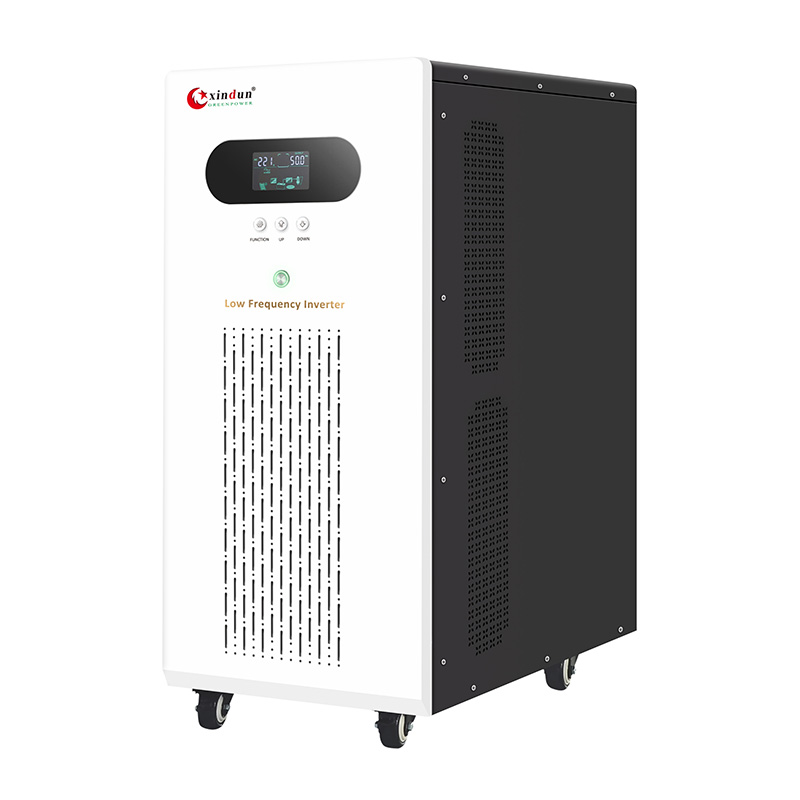
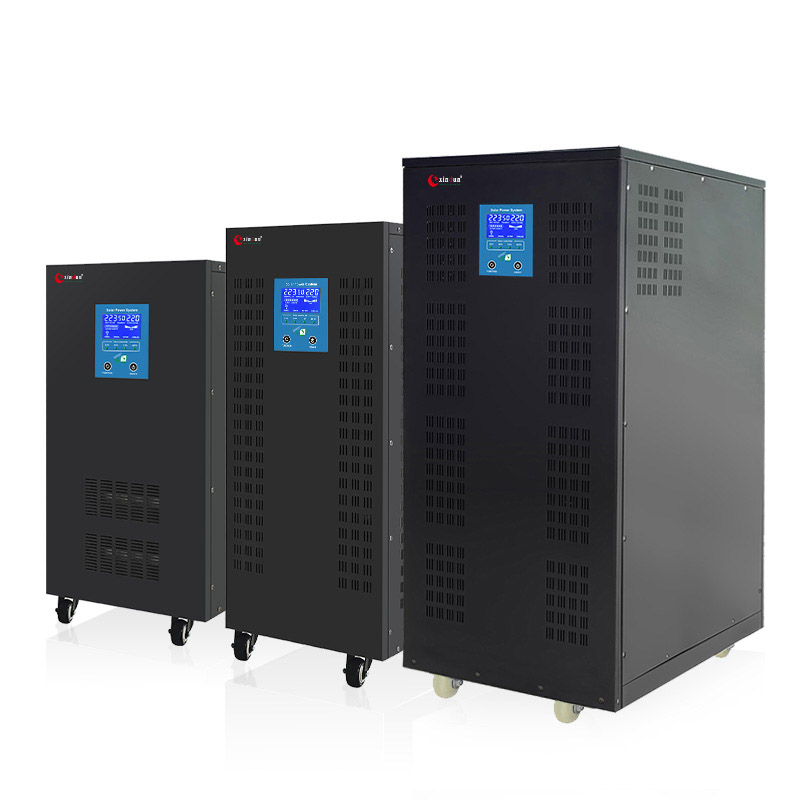
 Energy Storage Inverter
Energy Storage Inverter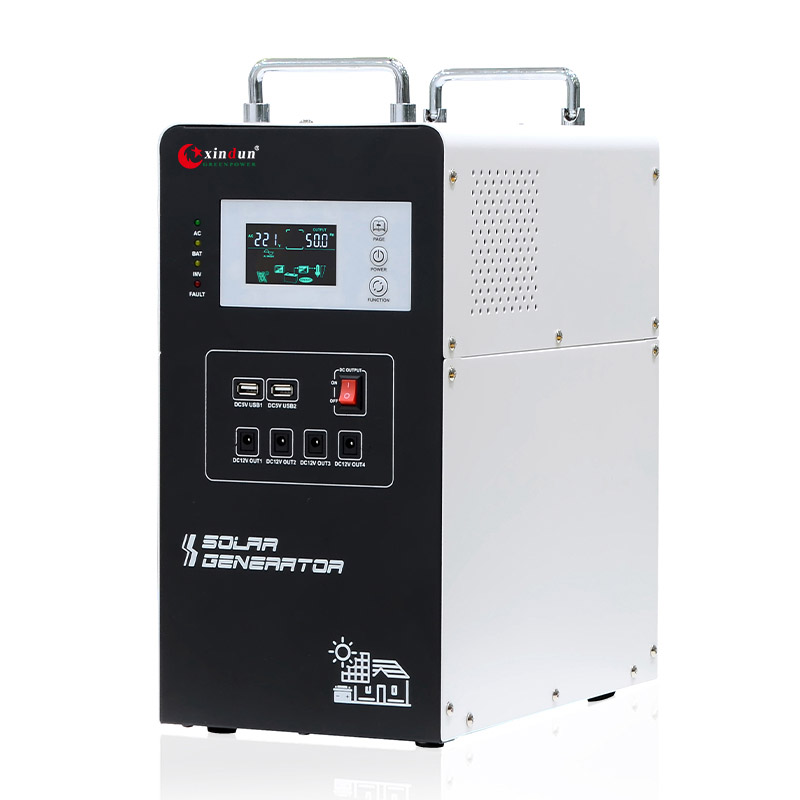
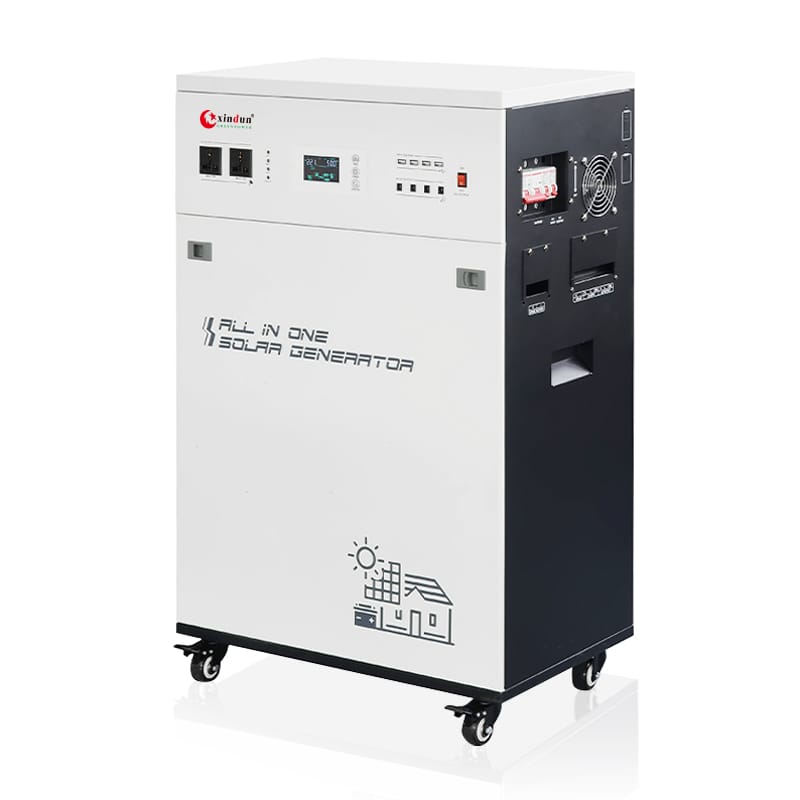

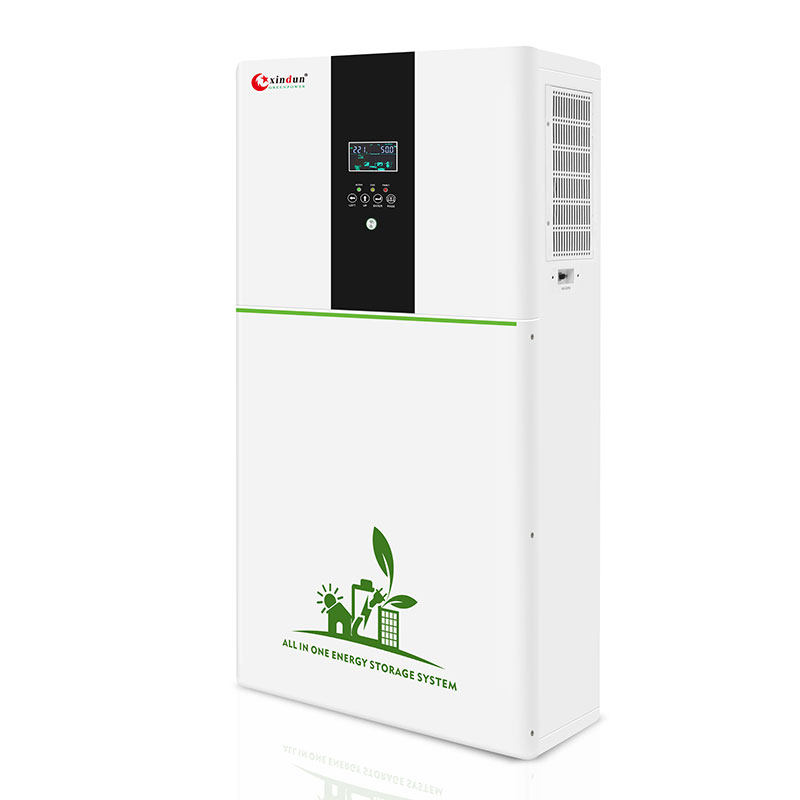
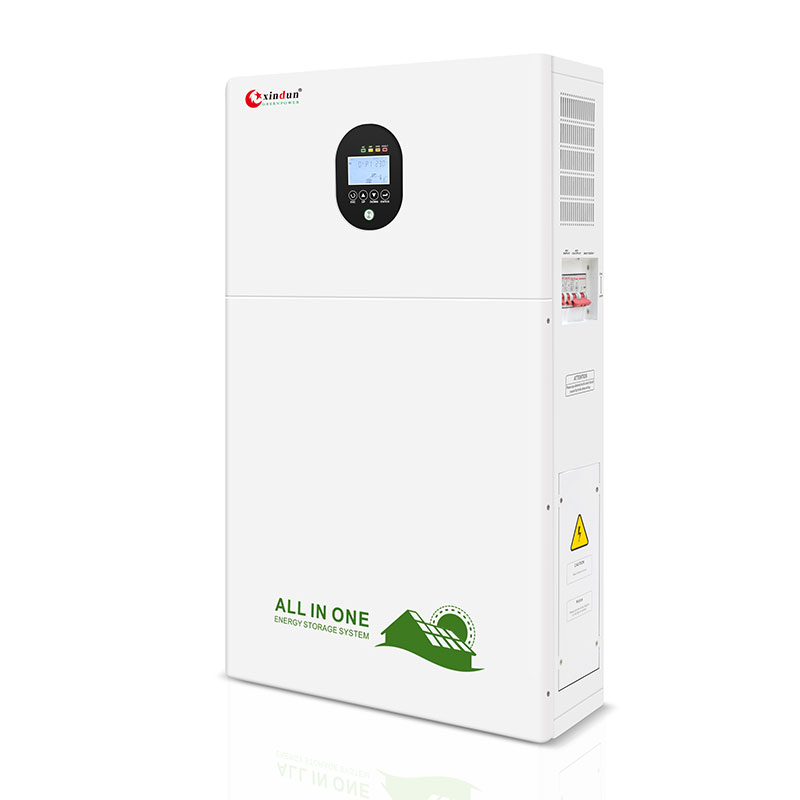
 3 Phase Inverter
3 Phase Inverter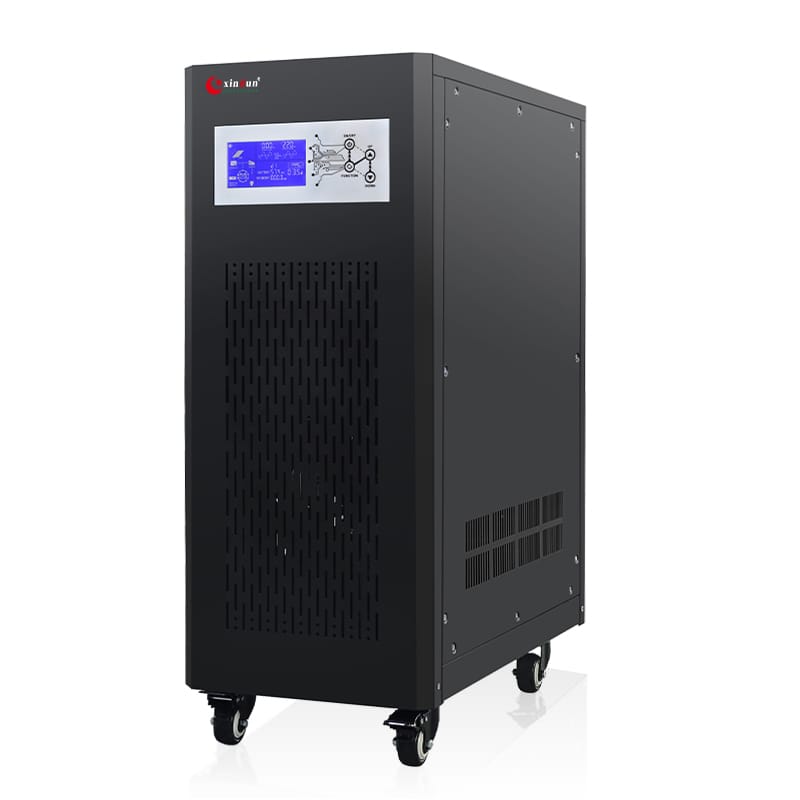
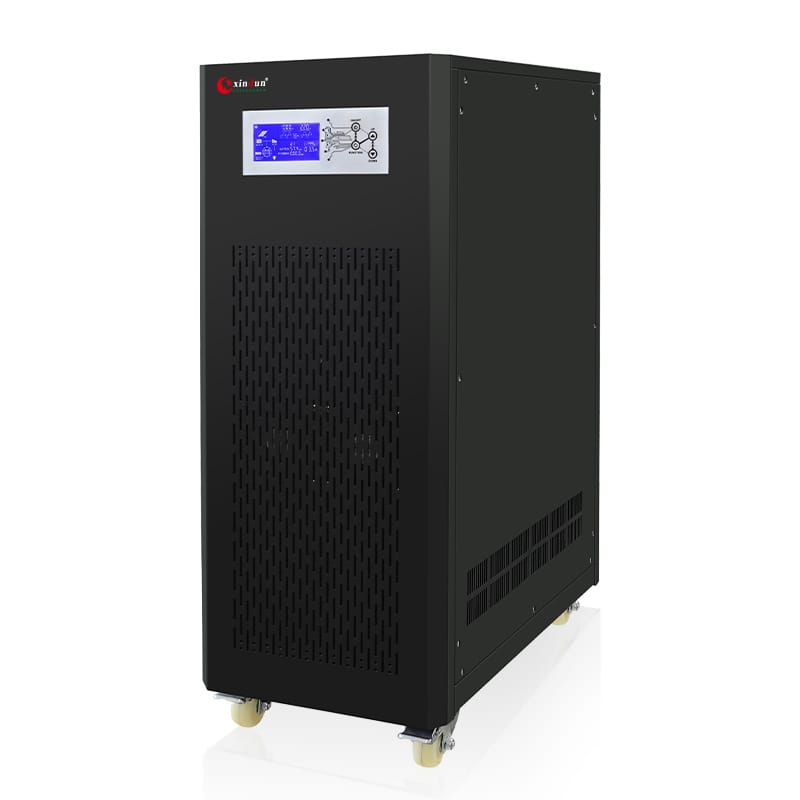
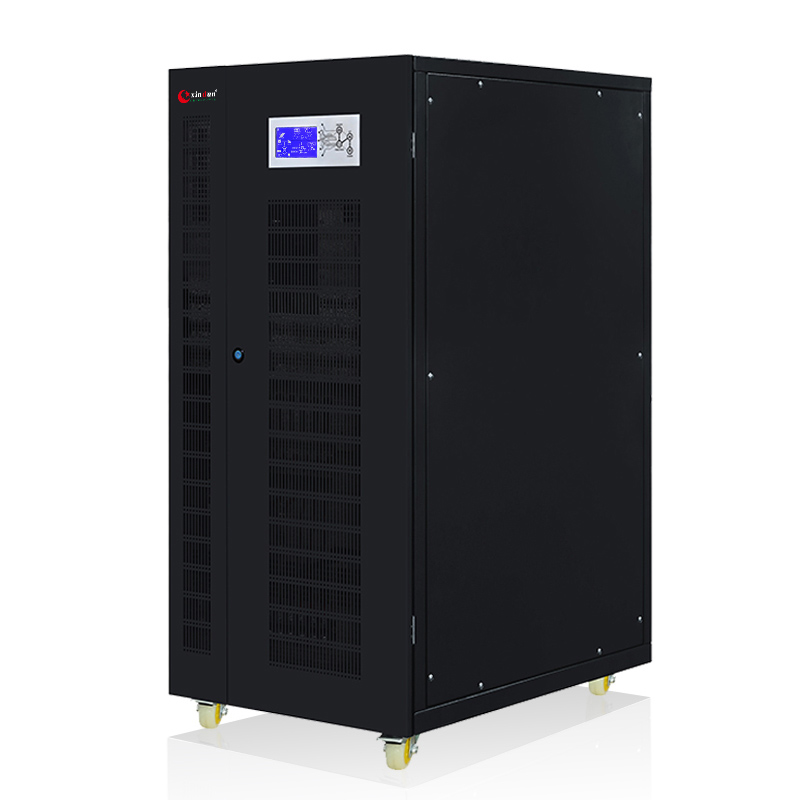
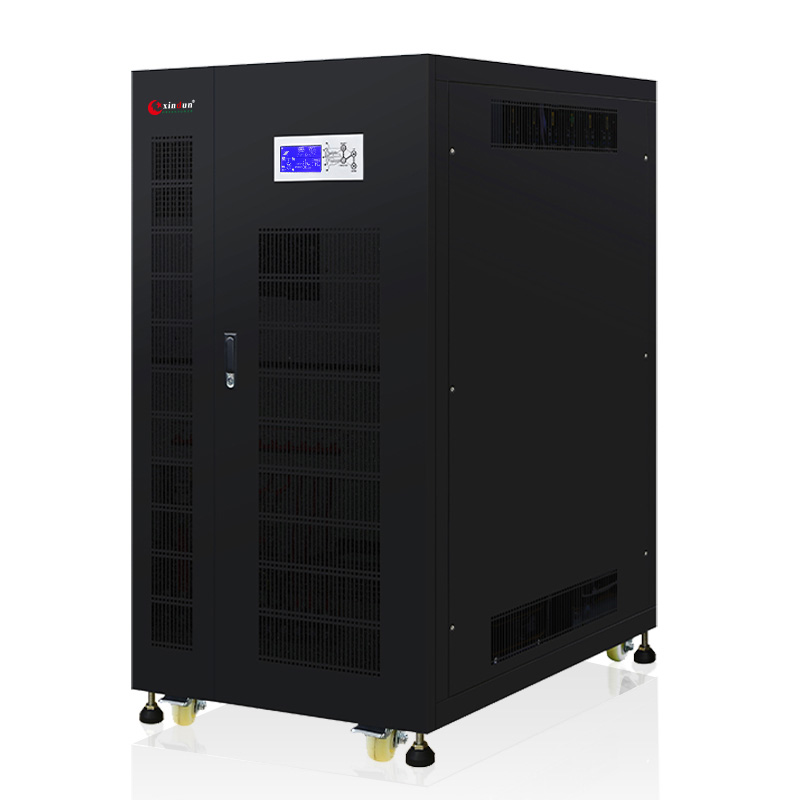
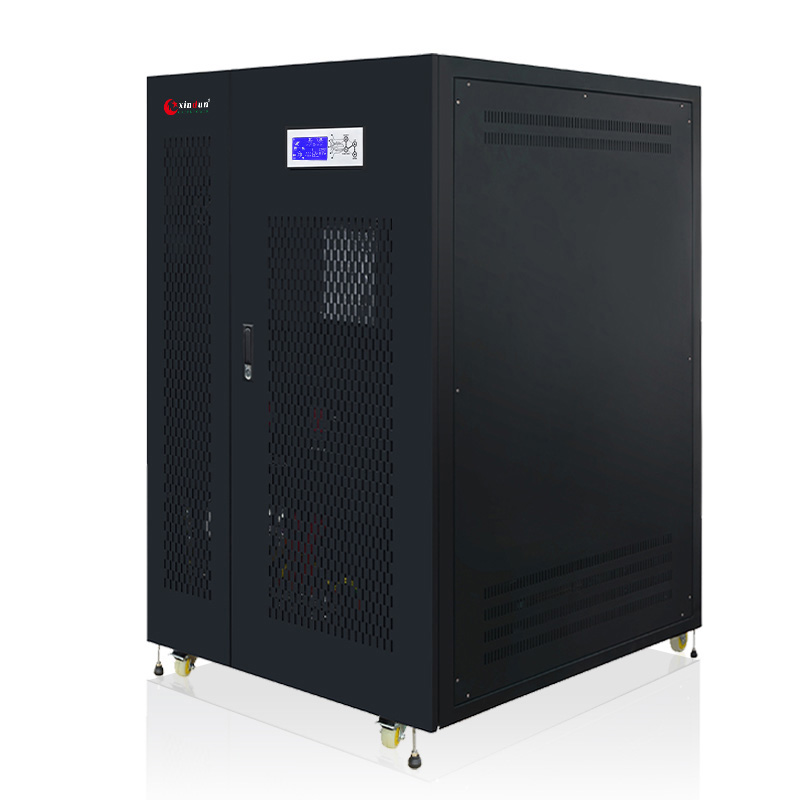
 Solar System Kits
Solar System Kits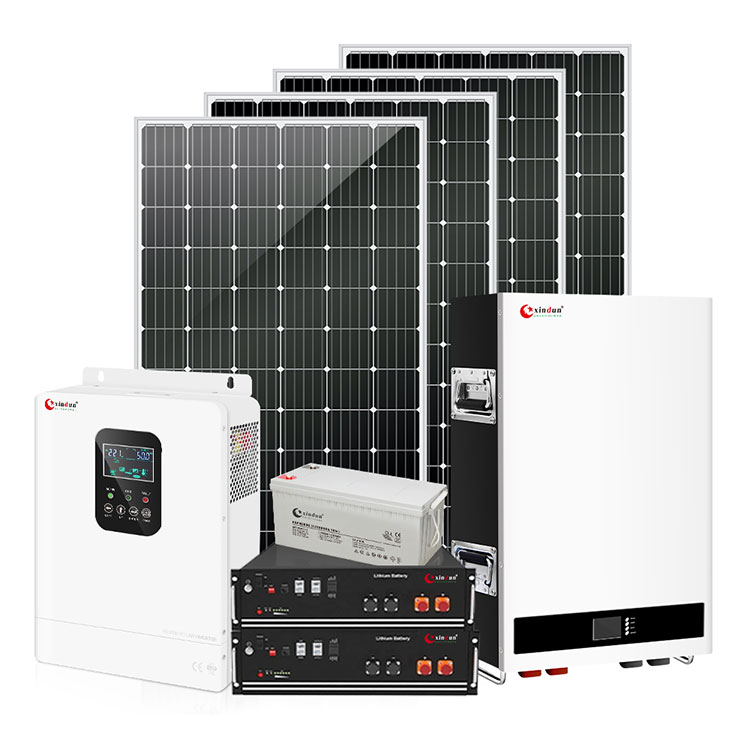
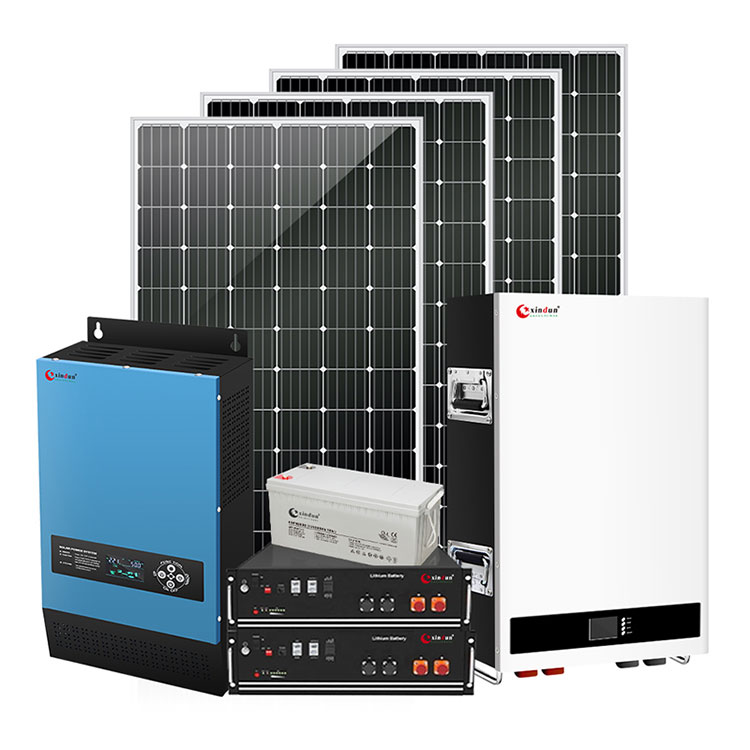
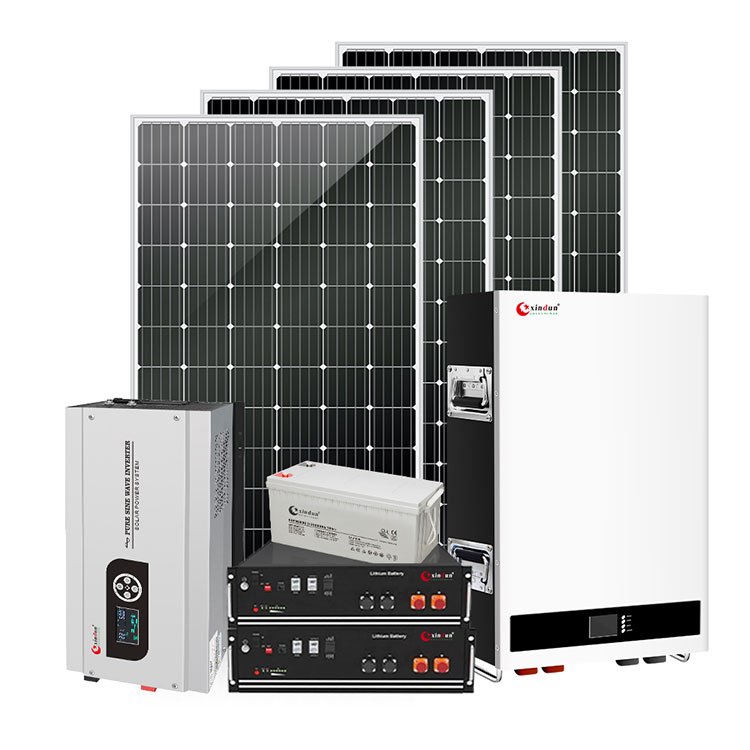
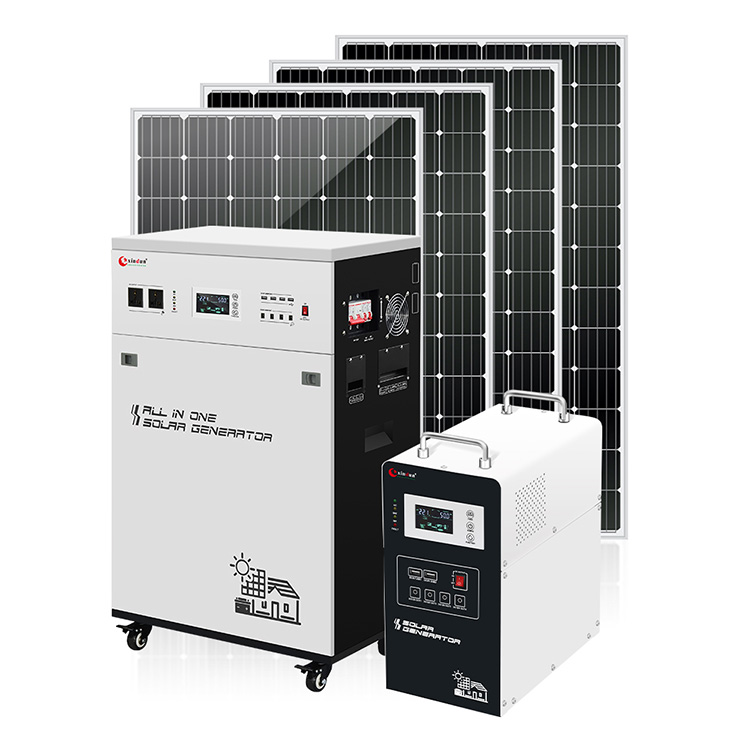
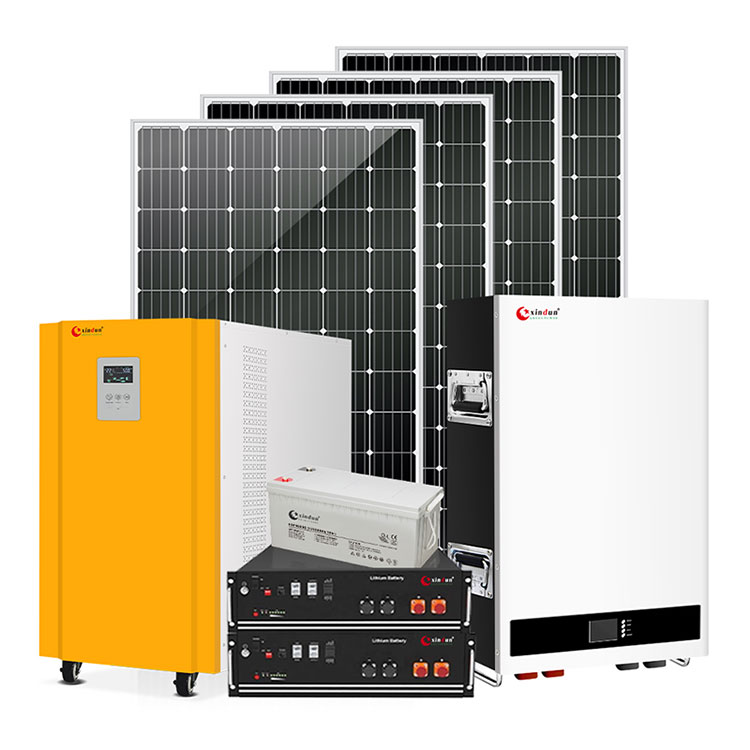
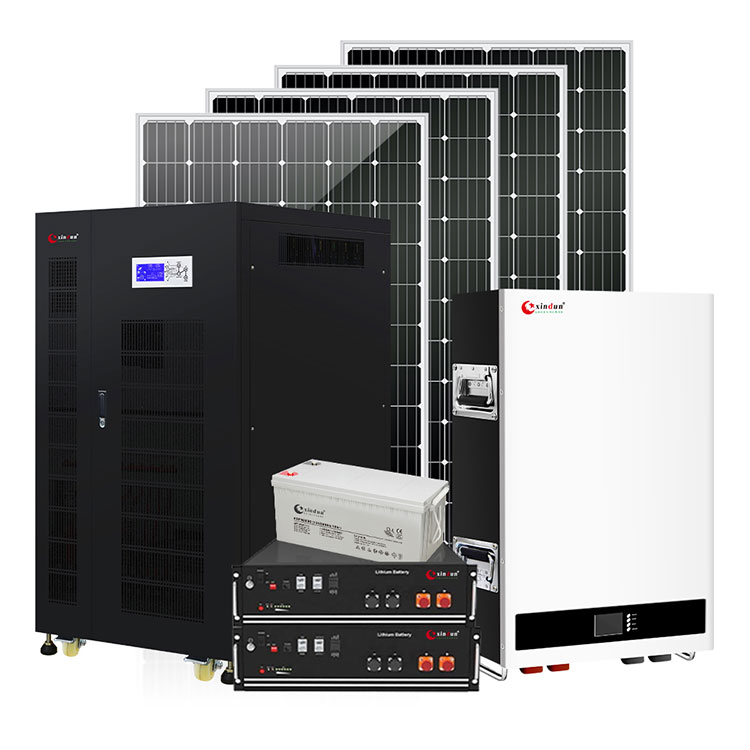
 Solar Charge Controller
Solar Charge Controller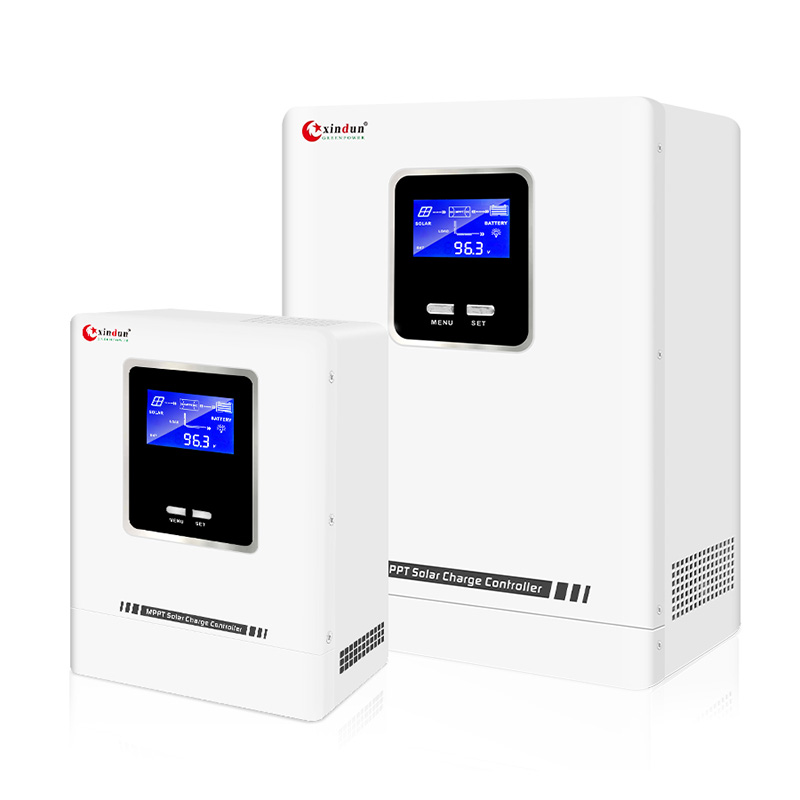
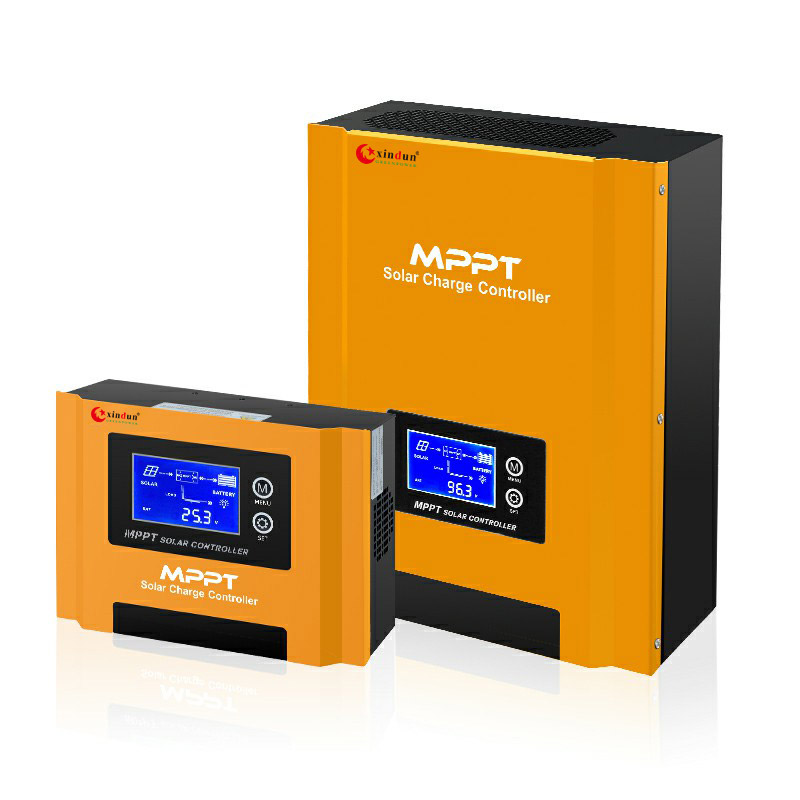

 Solar Battery
Solar Battery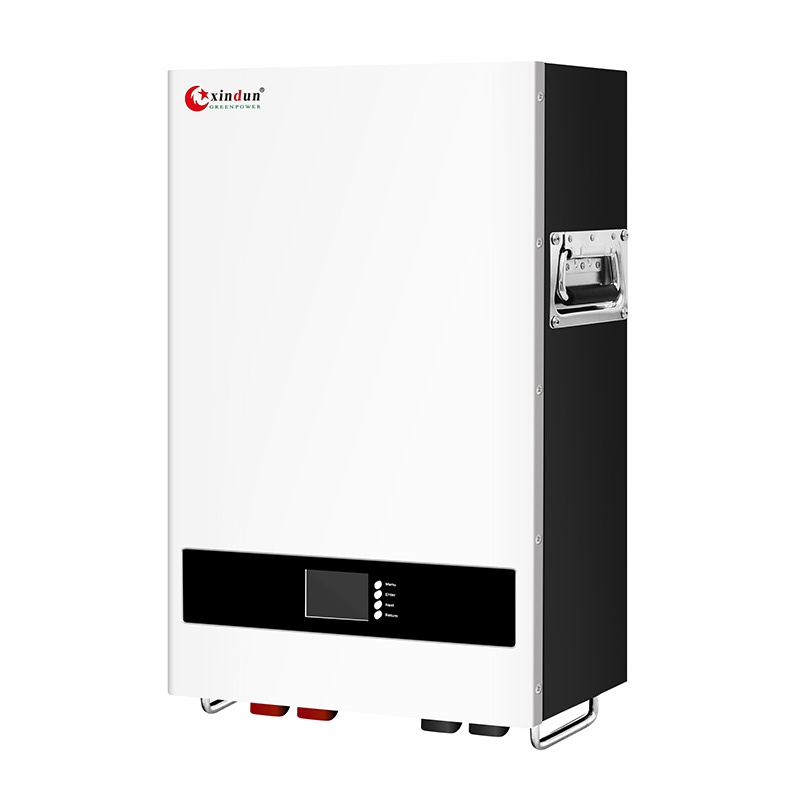
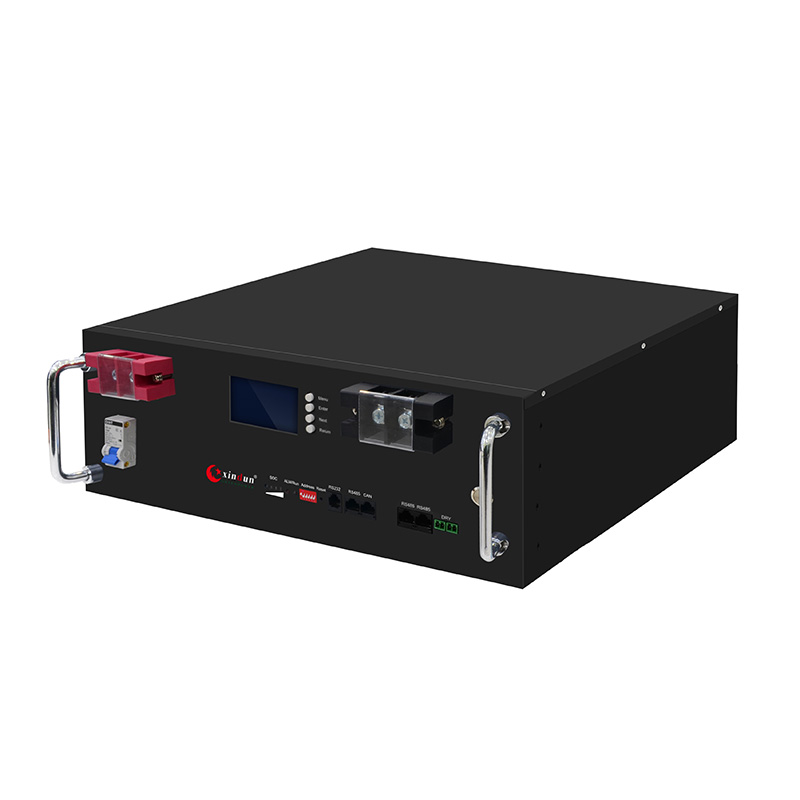
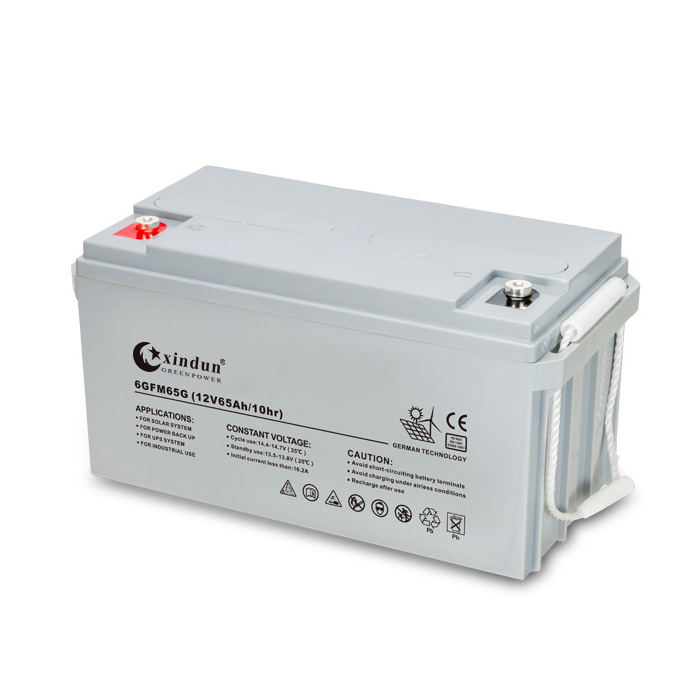
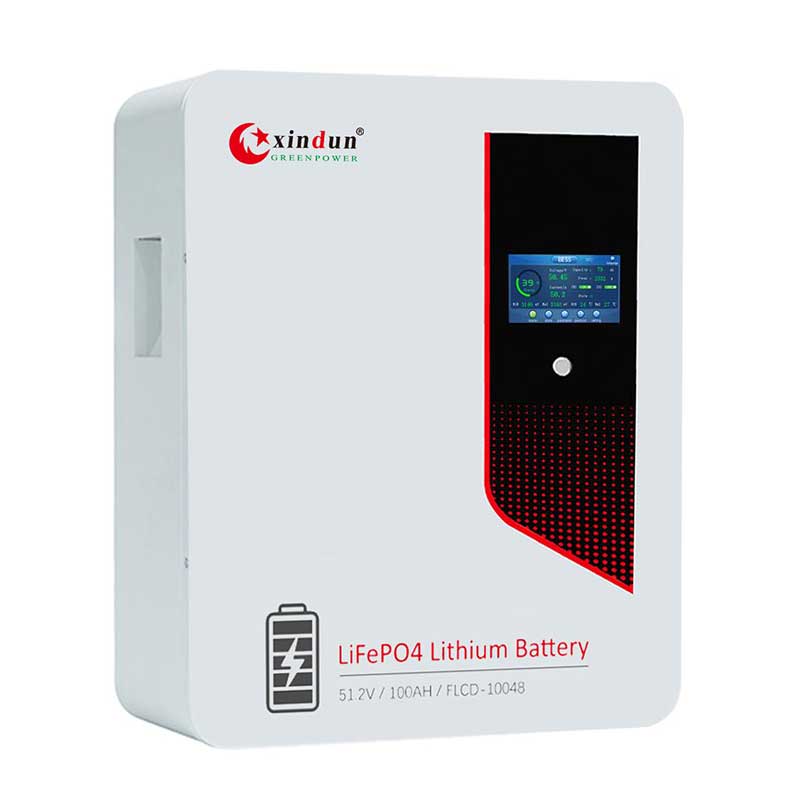
 Asia
Asia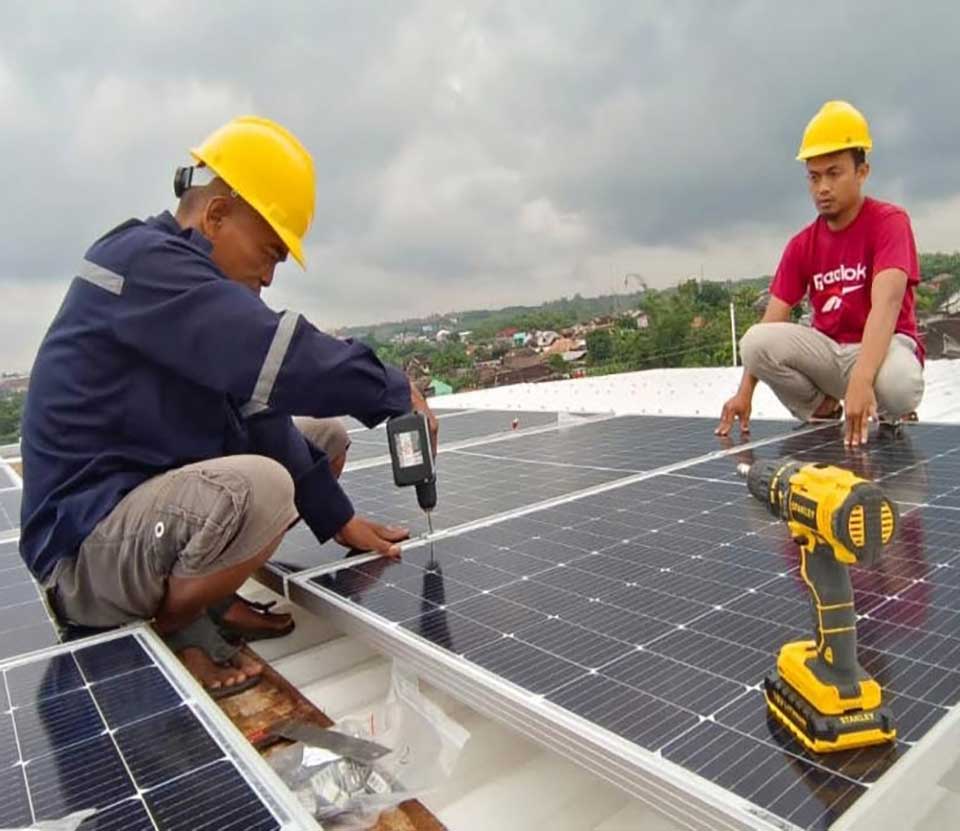
 Africa
Africa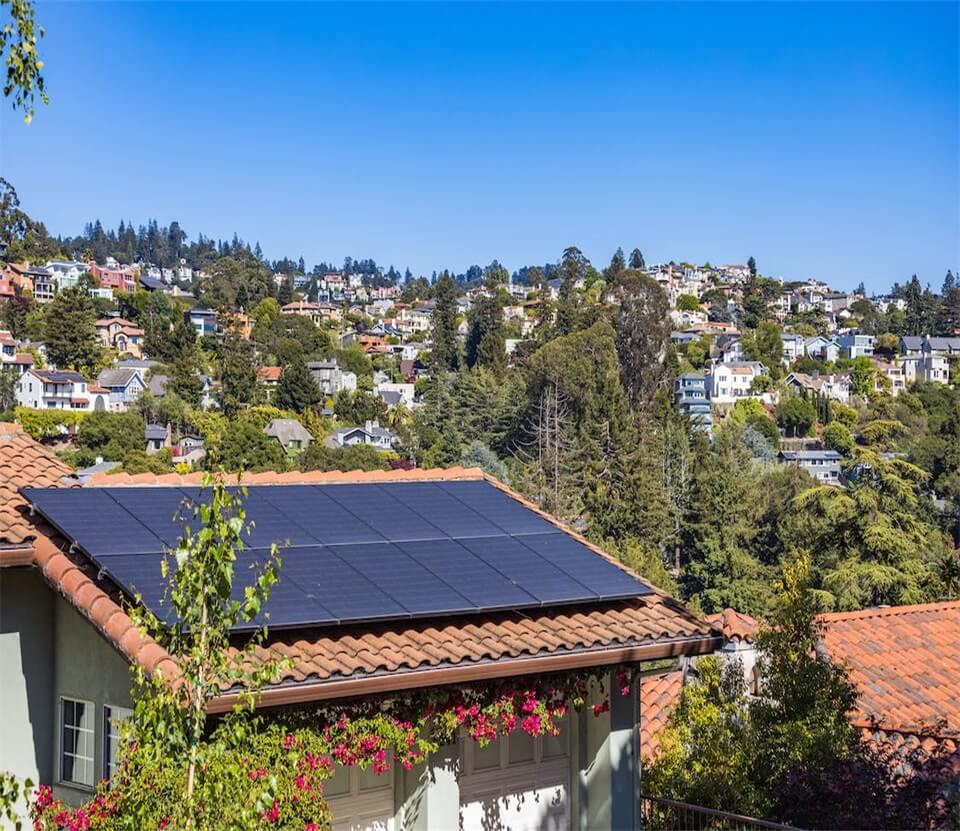
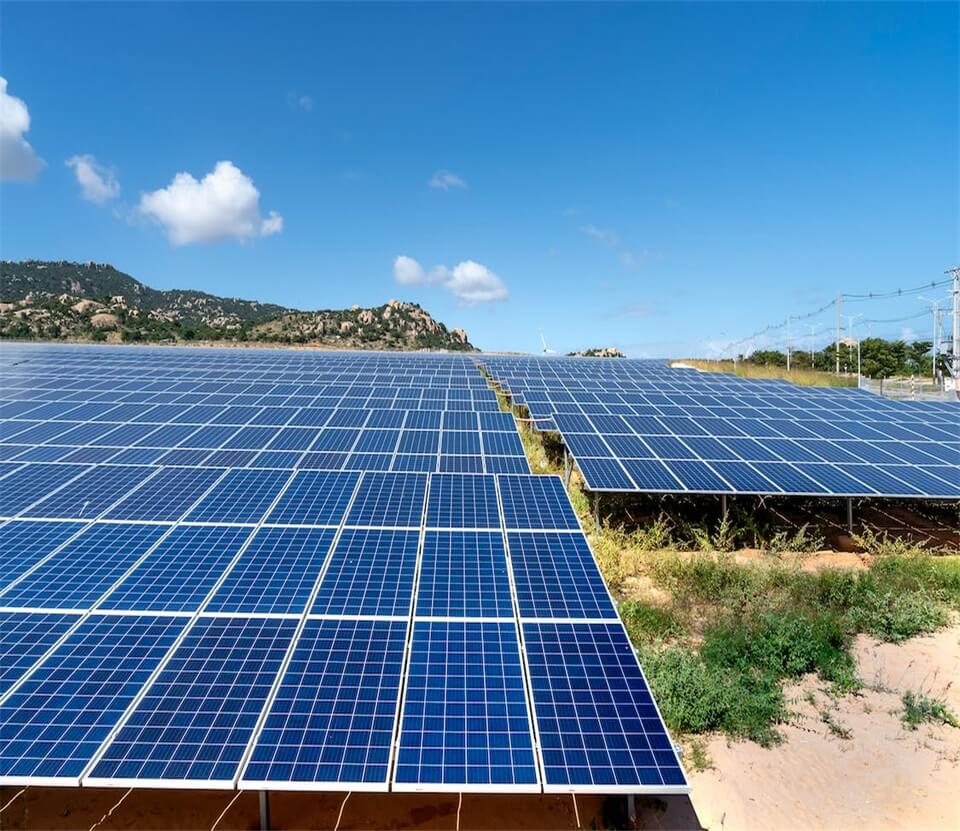

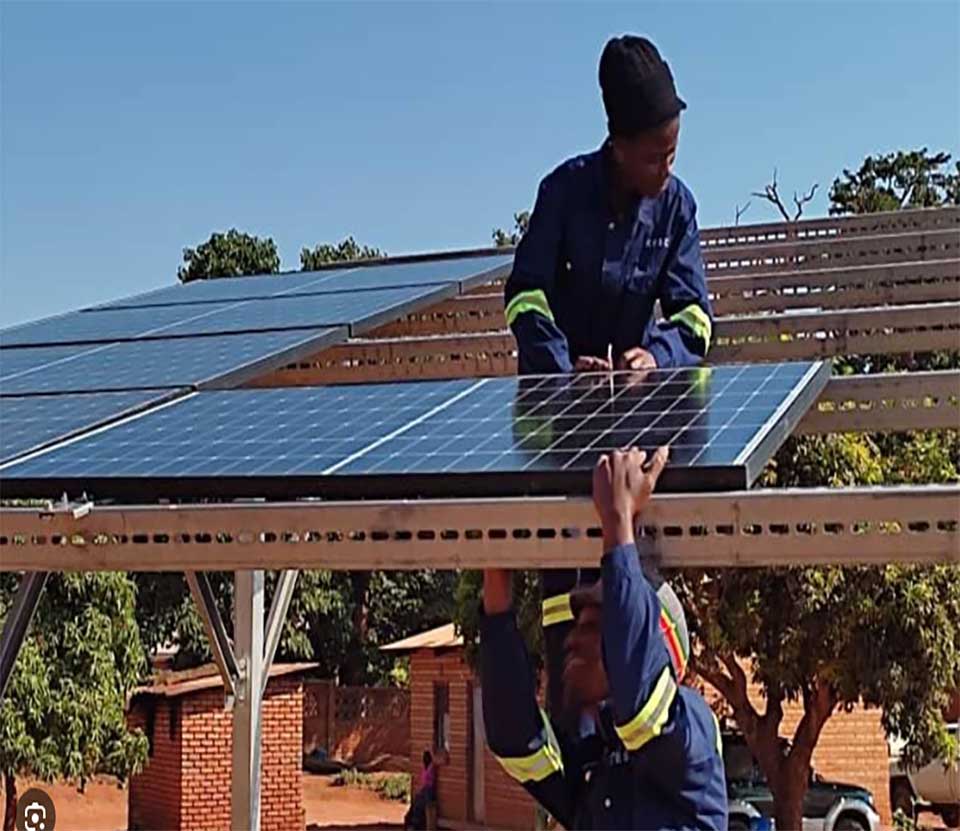
 South America
South America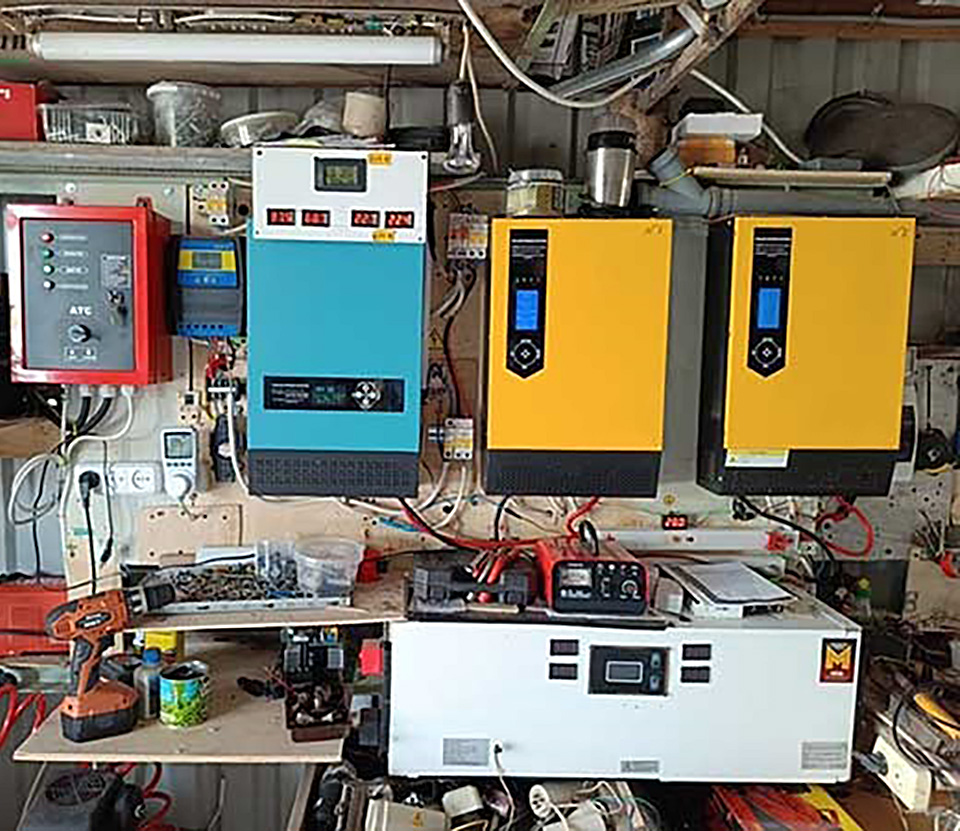
 Europe
Europe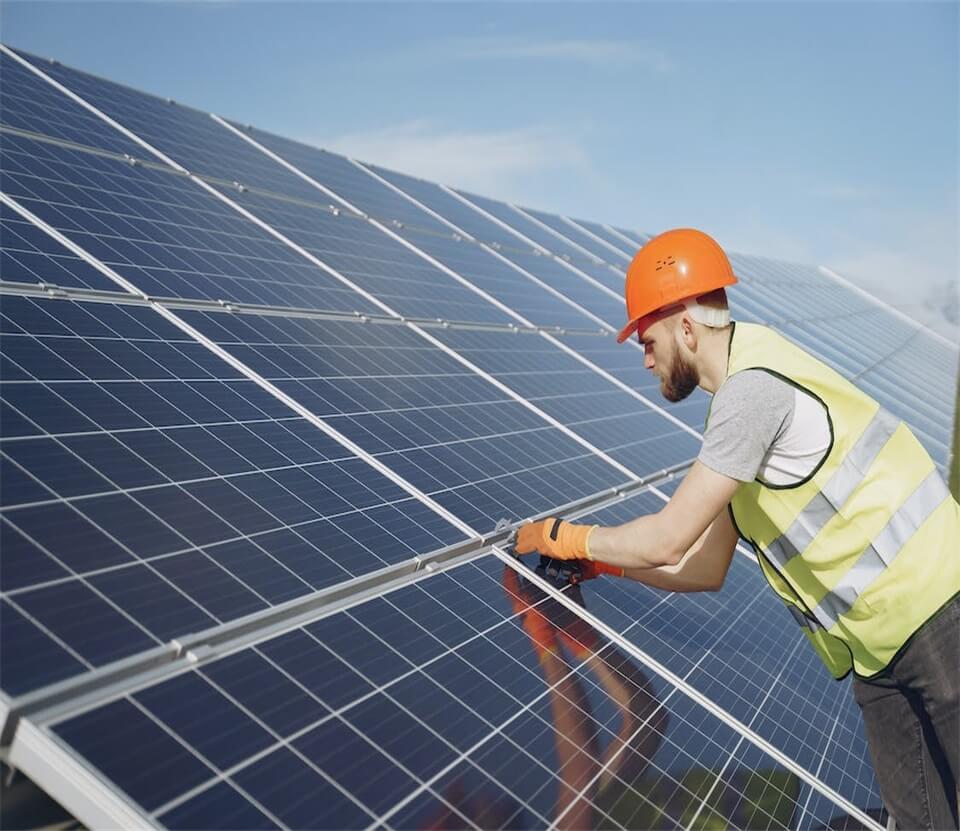
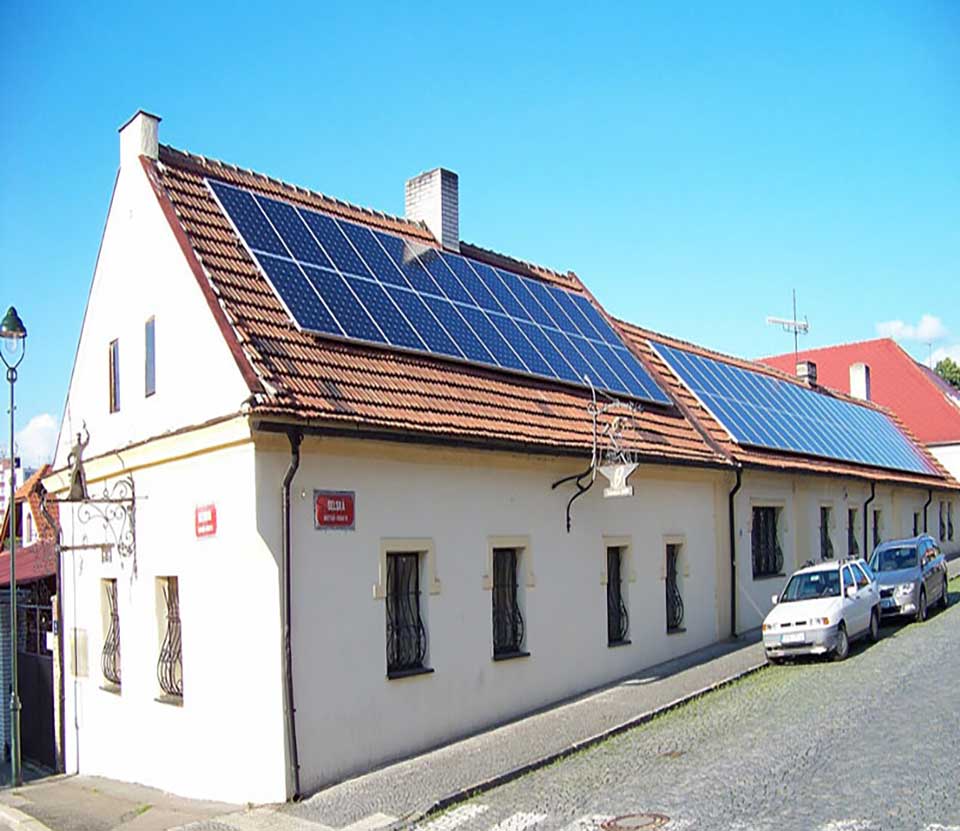
 North America
North America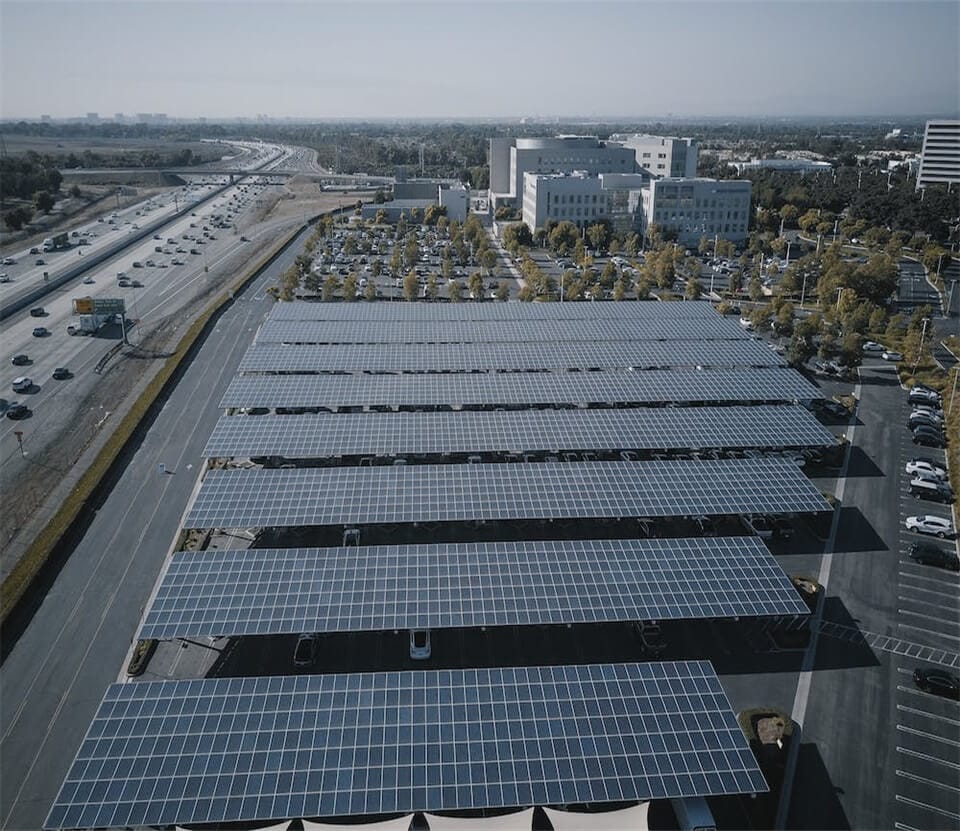
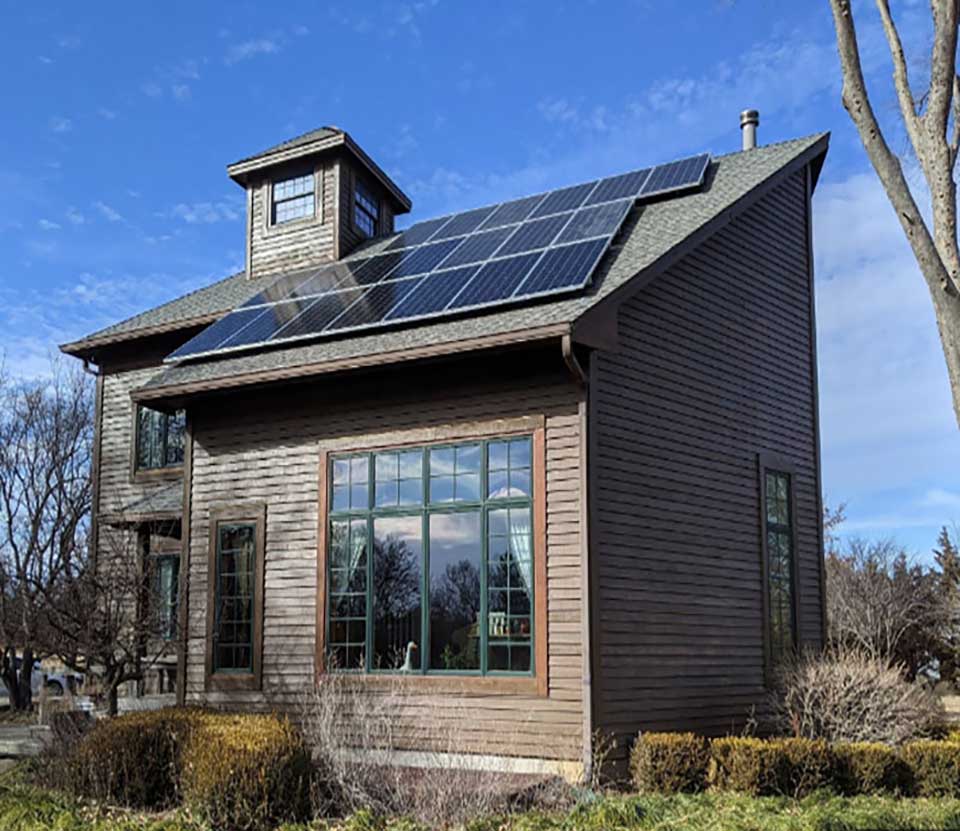
 Oceania & Antarctica
Oceania & Antarctica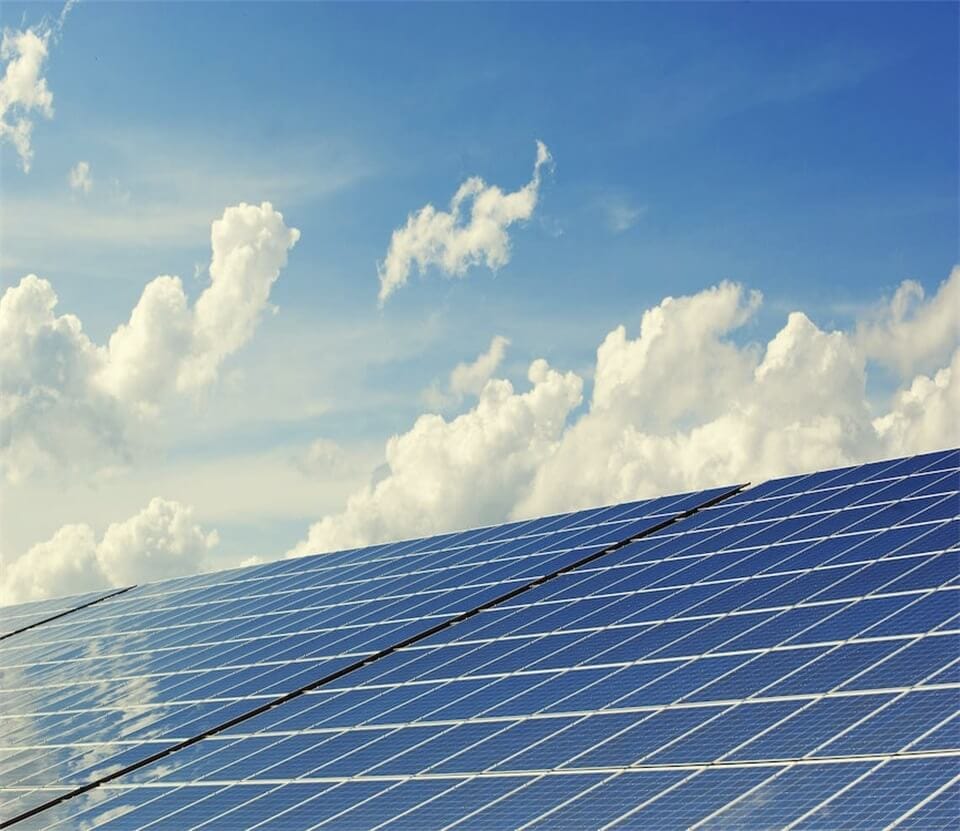










 Home
Home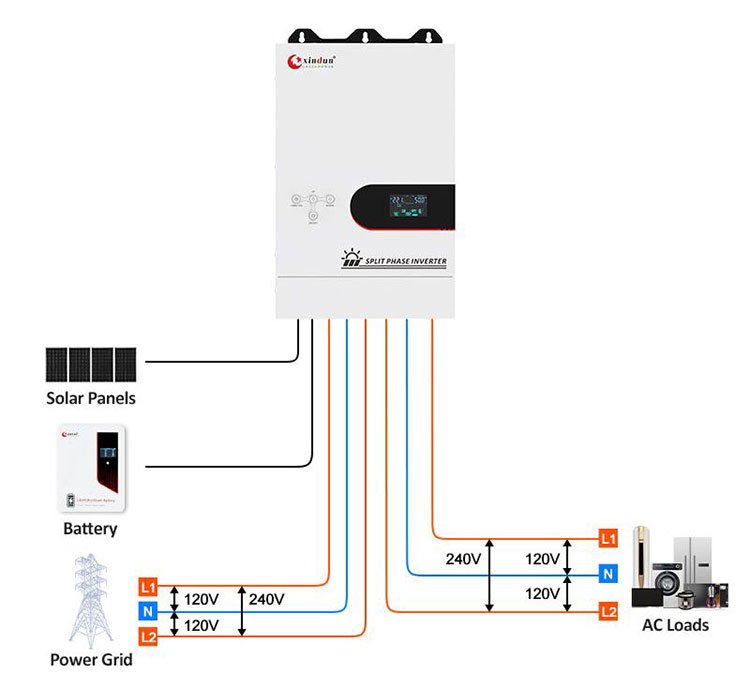
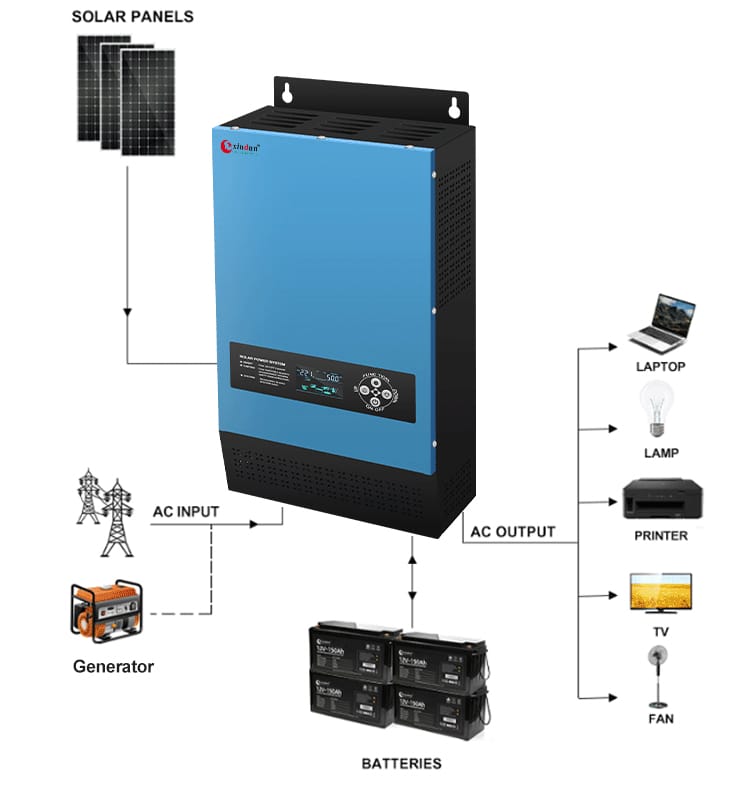
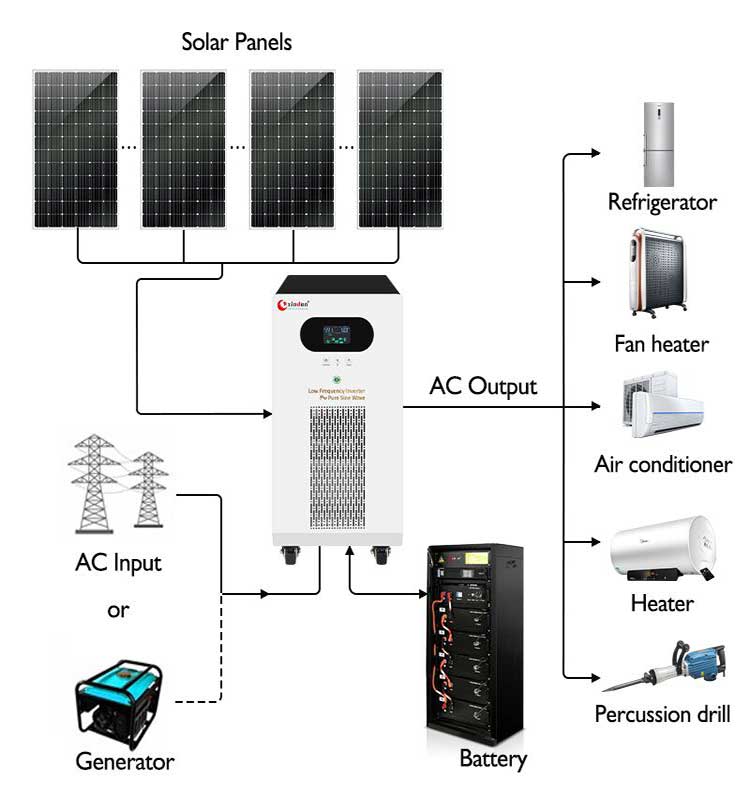
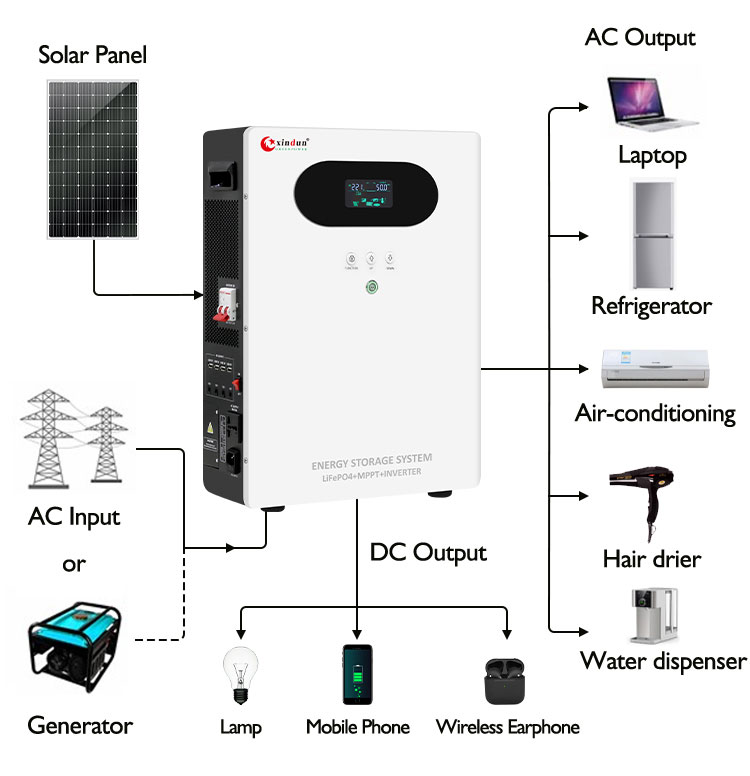
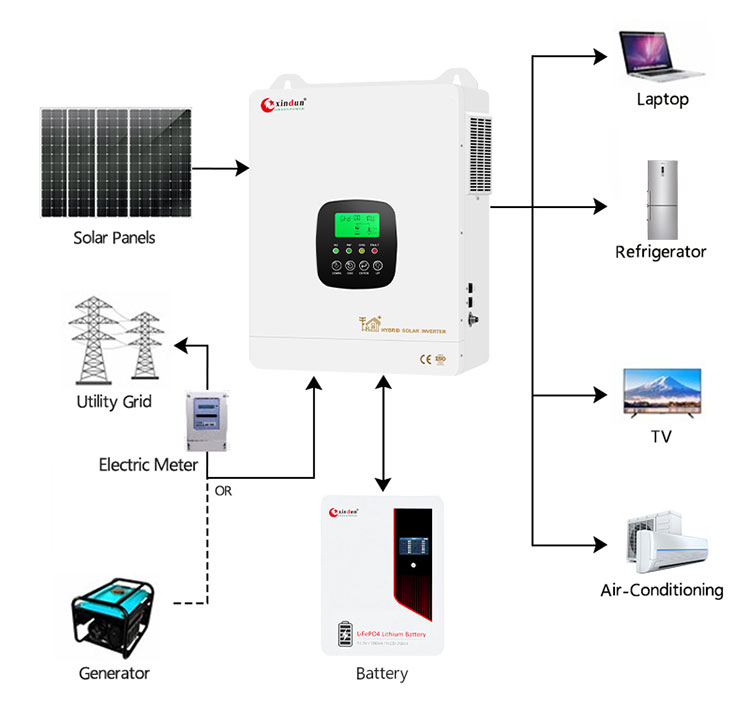
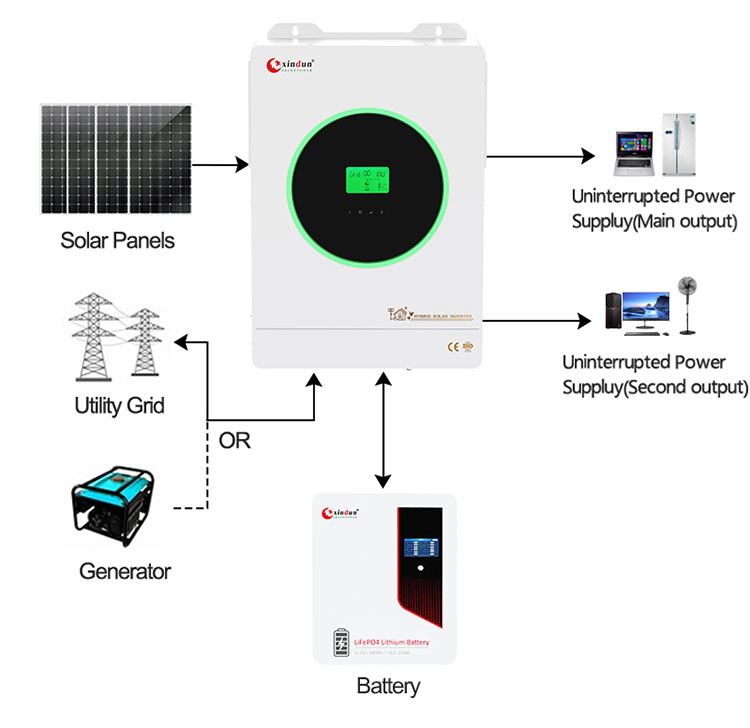
 How To Realize The Complementary Function Of Hybrid Inverter?
How To Realize The Complementary Function Of Hybrid Inverter?  Top Selling Products
Top Selling Products














